First Drive: 2015 Ford Focus 1.0-litre
Whitefield, NH – When you think of the highest-selling vehicles in the world, cars like the Toyota Corolla, Honda Civic and Volkswagen Golf may pop-up in your mind. However, for two years straight, it's been the reliable Ford Focus compact sedan that has taken the honours.
According to GoodCarBadCar.net, the Ford Focus for 2014 ranks 21st among all vehicles sold in Canada, but it's in China where it does most of its damage that makes it Number One. Through the “One Ford” program, Ford has been able to develop its vehicle in Europe and provide some tweaks and technologies that has not been seen across the pond.
With the likes of the Corolla and Golf on its global heels, the Focus has no intention on losing its momentum that has led to 12 million Focus' sold since inception. For 2015, Ford listened to certain consumer complaints to better the spunky and funky compact. The focus of the refresh (no pun intended) was towards a more progressive front fascia, advanced smart technology and a new, more-efficient 1.0-litre EcoBoost three-cylinder engine that's also found in the subcompact Fiesta.
Lots of attention was placed on exterior styling with the inclusion of an Aston Martin-esque front grille that makes the front appear larger and in-line with the stylings of the Fiesta and Fusion. Additionally, the Focus' head and taillights have been refined with optional LED signature lighting. The new refresh provides an extra bit of quality and refinement to a car that can at times appear pedestrian.
The new look takes on added aerodynamic performance with the use of Active Grille Shutters that manage the air flow with the engine. Combine that with the new 1.0-litre EcoBoost engine and the Ford Focus has efficiency covered hands down.
For this review, I focused my attention on that 123-hp, 1.0-litre engine. Also offered is the base 160-hp, 2.0-litre four-cylinder, the sports-oriented ST version that cranks it up to 252 horses of turbo excitement, and the pure-electric running version.
The 1.0-litre option has some limitations in that it can only be had starting at the second-tier SE trim level, only offered in sedan form, and only comes with a six-speed manual transmission (inexperienced right-handed gear shifters beware).
Our drive through the roads of New England and the Eastern Townships near Montreal brought about more highway than city, but that's where the Focus excelled. We travelled through some hilly and elevated terrain, but it felt more like a practical vacation drive route down to the States, which works well for lots of seat time in order to feel out the pros and cons of any vehicle.
What stood out the most with the new 2015 Focus was its quiet, composed ride. This came about from a combination of many good attributes that included an easy to handle gear shifter that transitioned smoothly, as well an advancements in noise, vibration and harshness thanks to improved door seals and within the front and side glass.
I found its take-off to be a touch slow, but once you get into its mid-range sweet spot of third-to-fifth gear – the Focus 1.0-litre has you wondering whether it actually has only three cylinders. It's remarkably quick to accelerate using every bit of its 125 lb.-ft. of torque. The European touch can be seen on the handling side, as the Focus is smooth and crisp on turns due to improvements in electronic stability control.
You're not going to win any races or getting that extra turbo boost, but if you drive it smooth and consistent – you will be laughing all the way to the gas station. With its three-cylinders and start/stop technology, The Focus is rated at 8.1L/100 km in the city and 5.9L/100 km on the highway. We might have only combined for 7.2L/100 km, but you would have to factor in the amount of idling during picture sessions.
Since I mentioned practicality in assessing a vehicle, where Ford loses some points right away comes down to limiting consumer options to only a sedan and manual gearbox. Auto enthusiasts love a manual, but the reality is, most people cannot drive them. Additionally, the Focus hatch can be more stylish choice to many that may not settle on the sedan. These are big drawbacks that many other nameplates never deal with. Therefore, more sales will go away from the 1.0-litre, but as long as they end up in a Focus, I guess it makes no difference to Ford.
When it comes to technology, there are many positives for the full range of the Focus with an optional eight-inch Sync with My Ford Touch screen, standard rear-view camera, and a host of safety technology that includes Lane Keeping System, Blind Spot Information System with Cross Traffic Alert, Reverse Sensing System and Active Park Assist. This is all fine and dandy, but unfortunately that little 1.0-litre isn't offered with the enhanced eight-inch Sync My Ford Touch screen, and therefore cannot come with a navigation system.
Throughout the drive, the Focus displayed a sense of roominess with ample headroom and legroom despite its small frame. On the contrary, the cockpit appears fairly open and surrounded by upgraded finishes throughout including heated seats and steering wheel. Ford has simplified the technology and buttons inside to create a more manageable console that doesn't take much to understand, while limiting distractions. The buttons are nicely organized throughout with climate control re-formatted to the bottom making it easy to control.
The 2015 Ford Focus 1.0-litre provides a nice option for those looking for a peppy ride that doesn't have to cost you much at the pumps. To put this into perspective, the 1.0-litre cut carbon dioxide emissions by 15 per cent from the 2.0-litre GDI engine that used to come with a five-speed manual.
With a starting price of $16,799 for the base Focus and $23,314 for the SE trimmed 1.0-litre that we were driving – there's no wonder that the Focus is one of the top nameplates in Canada and enjoyed around the world. With gas prices climbing once again, the Focus 1.0-litre might just be a wise environmentally-friendly choice that comes with a fun manual gearbox to play around with.
- 0
- Published in CAR REVIEWS
- Written by David Miller


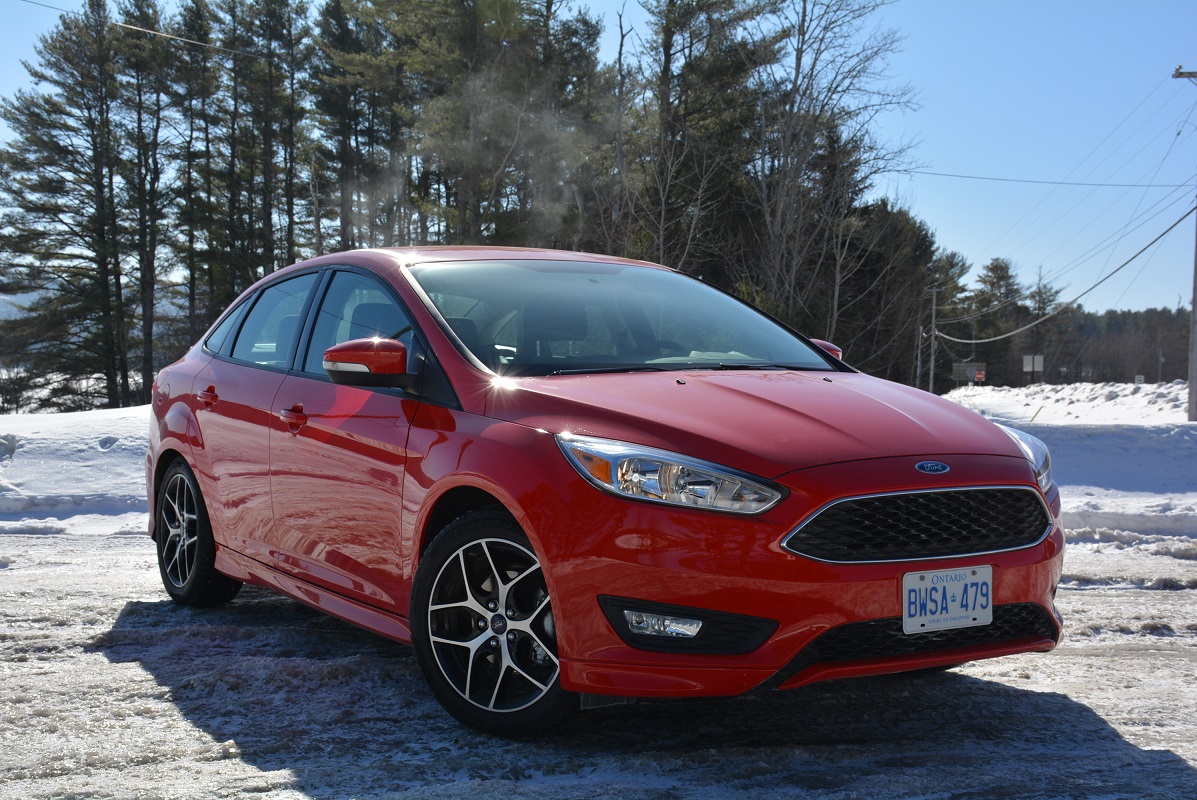
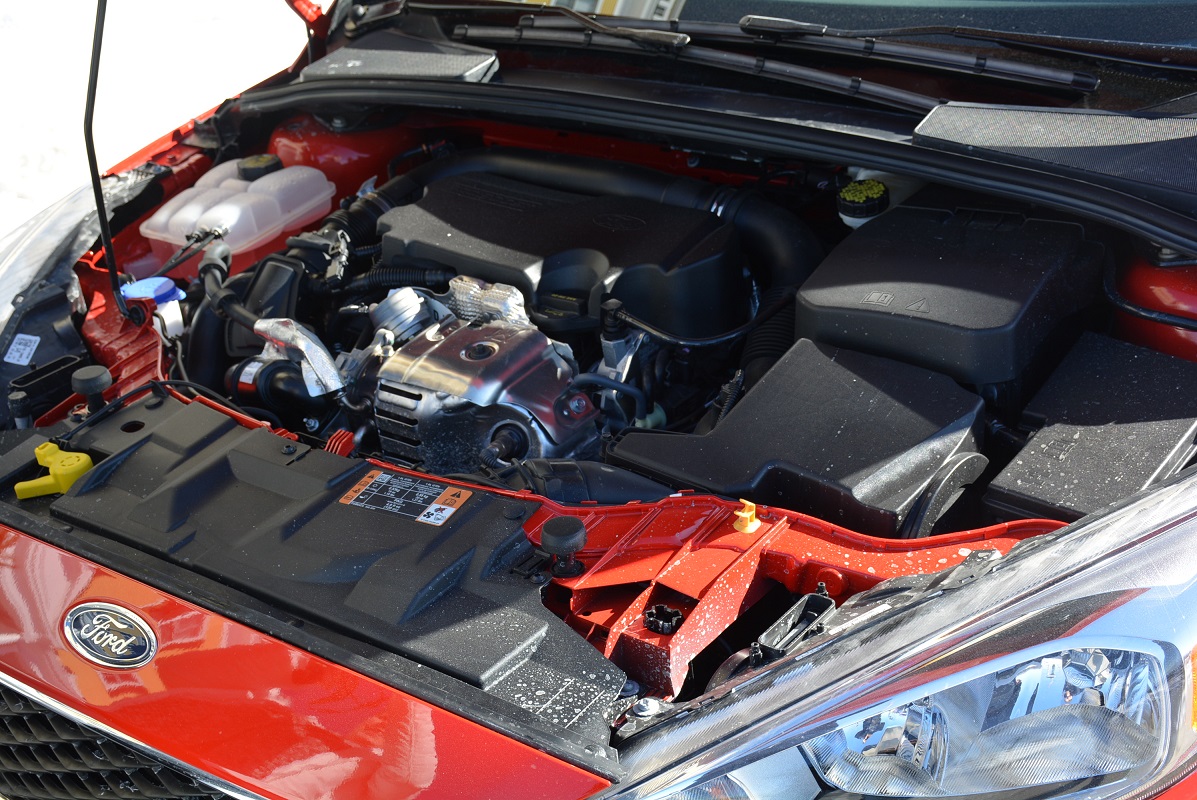
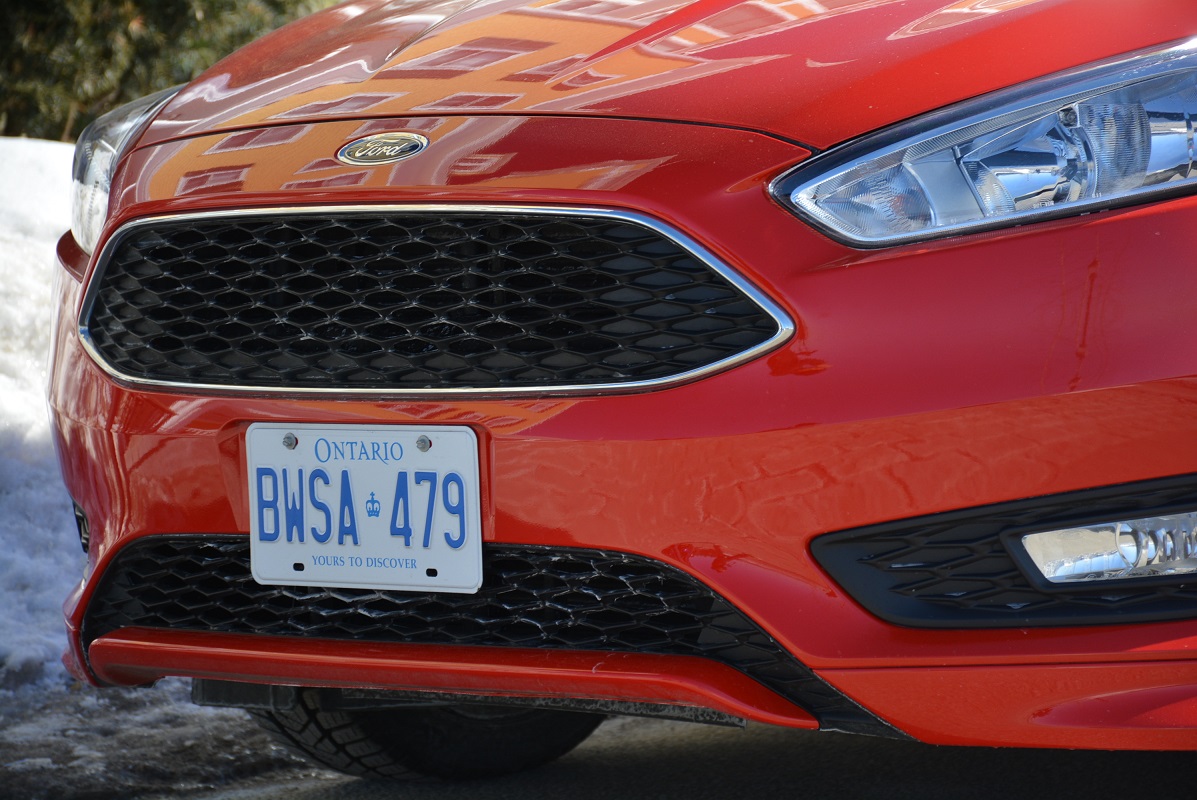
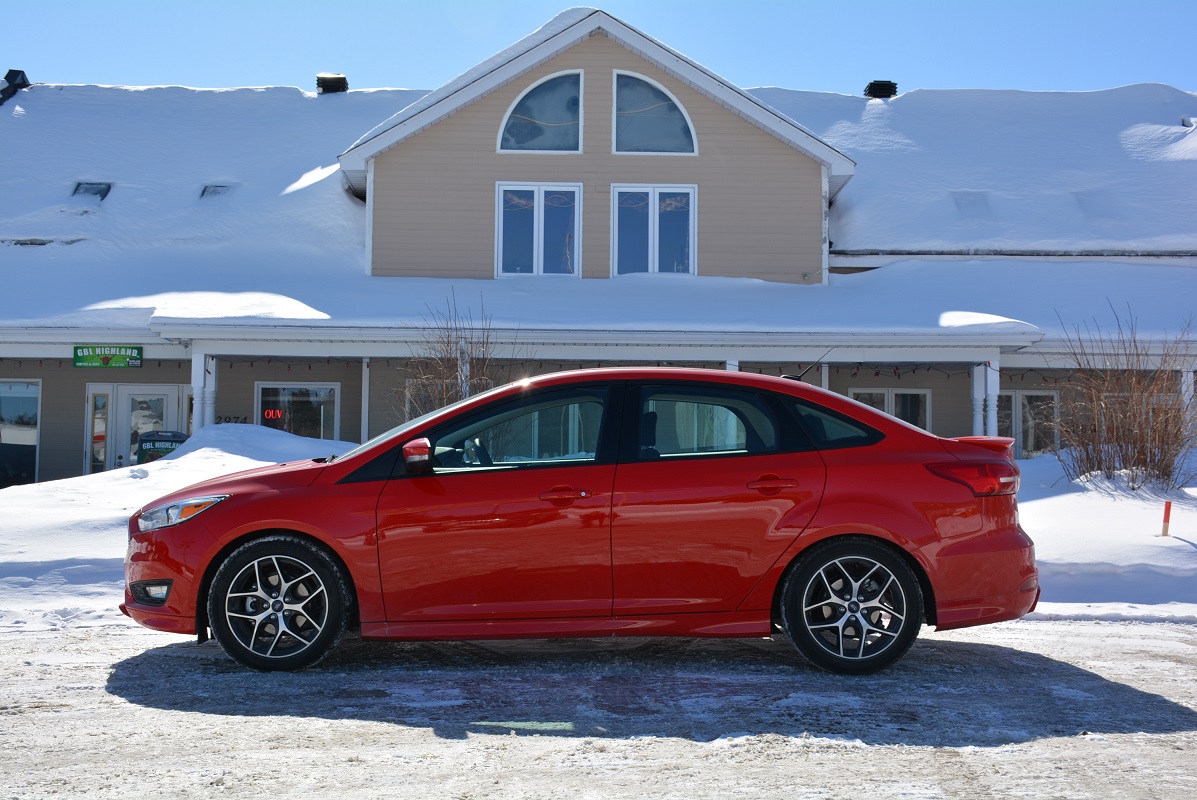
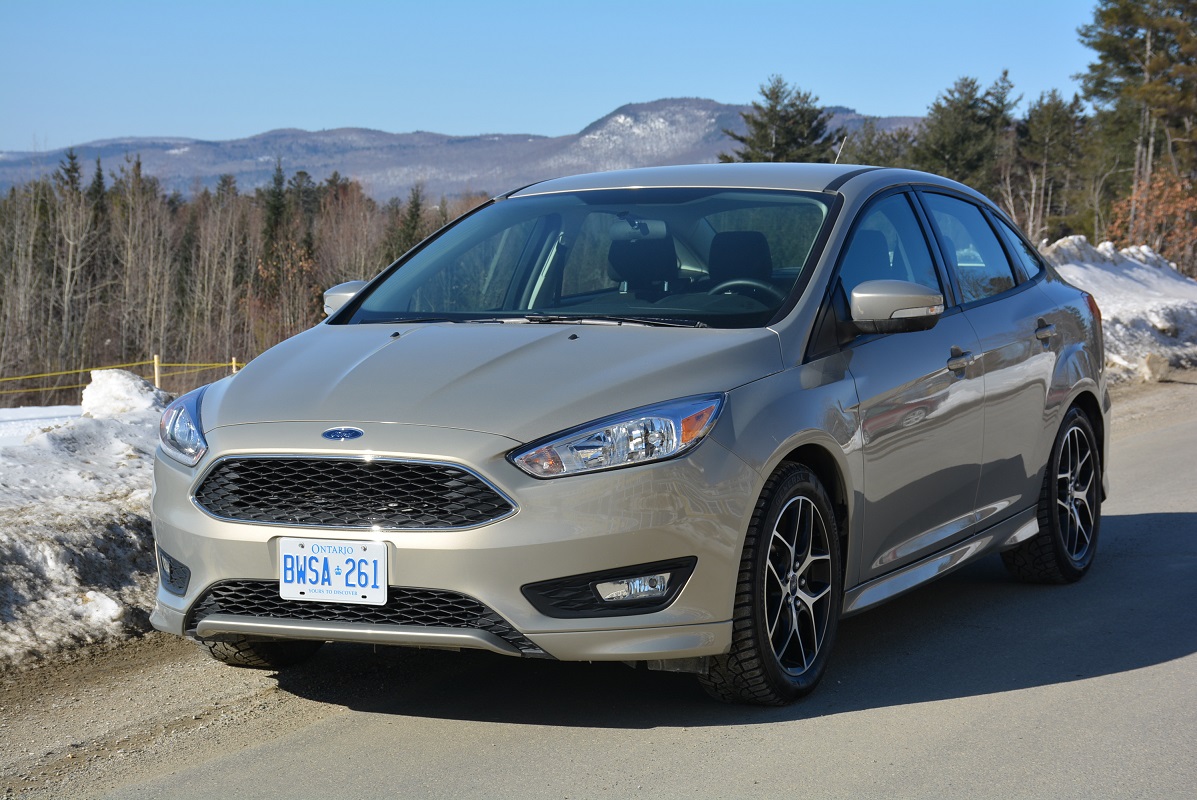
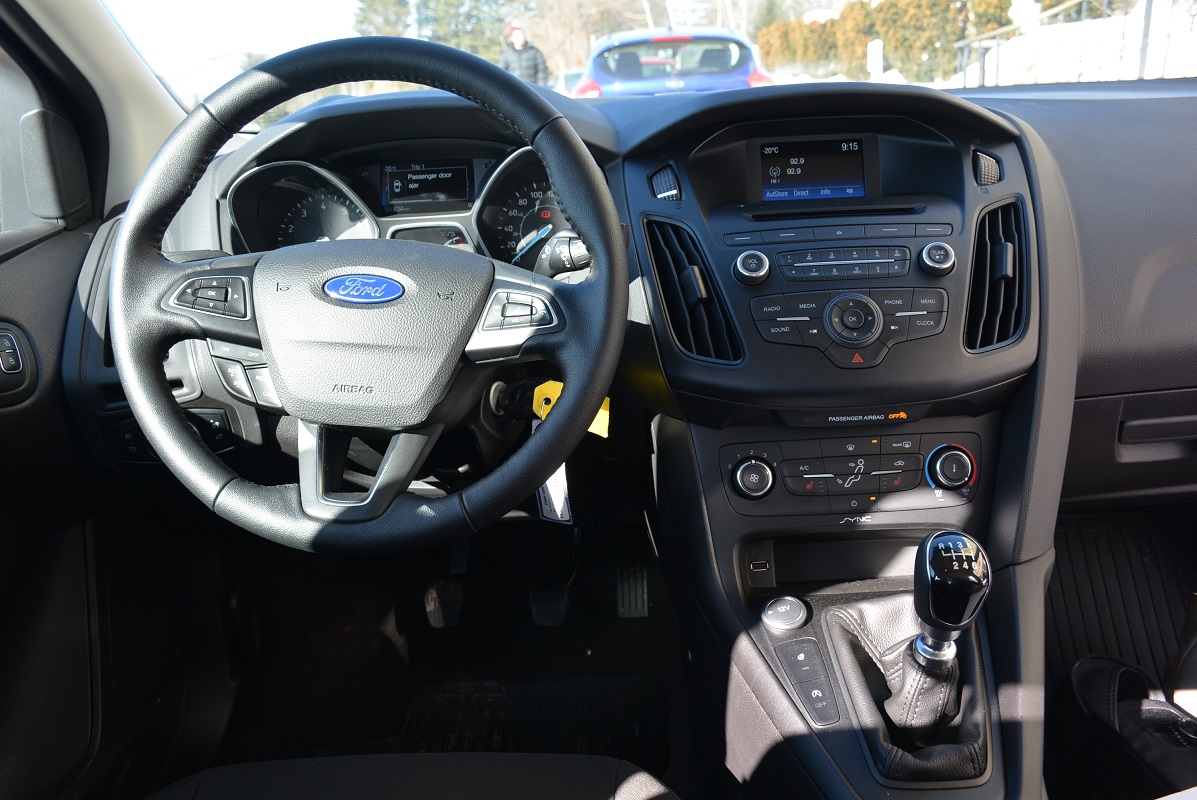
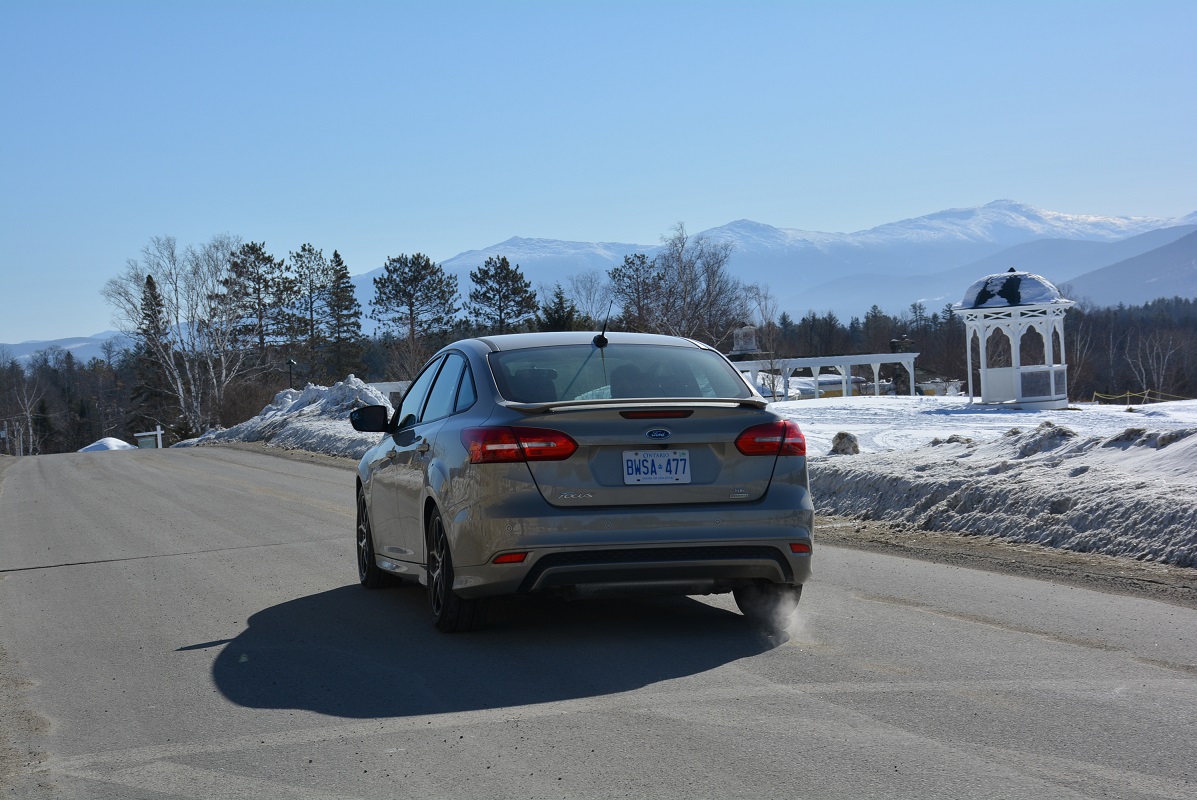
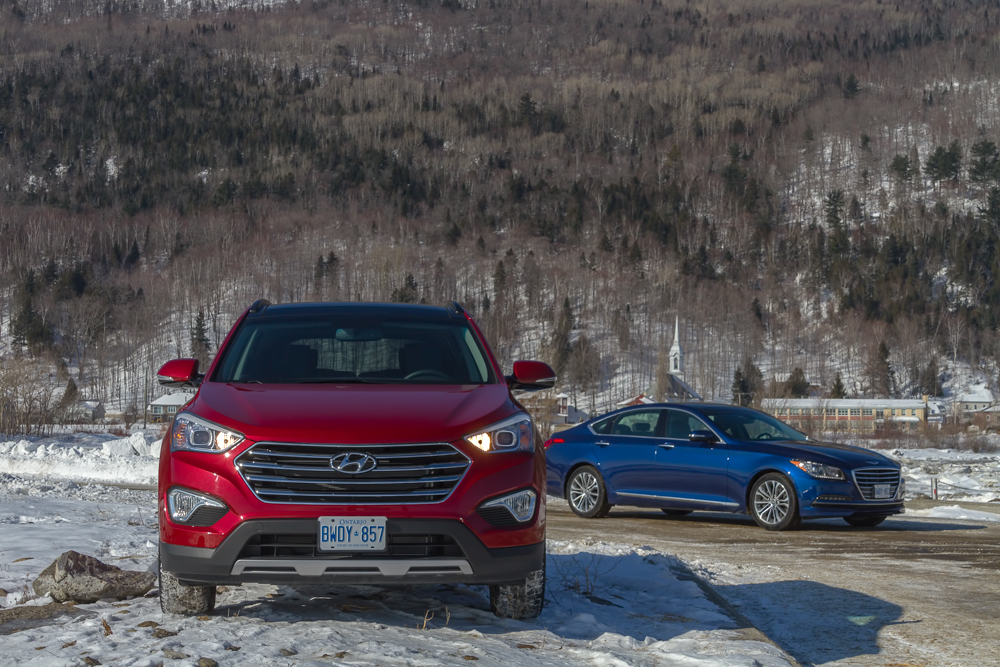
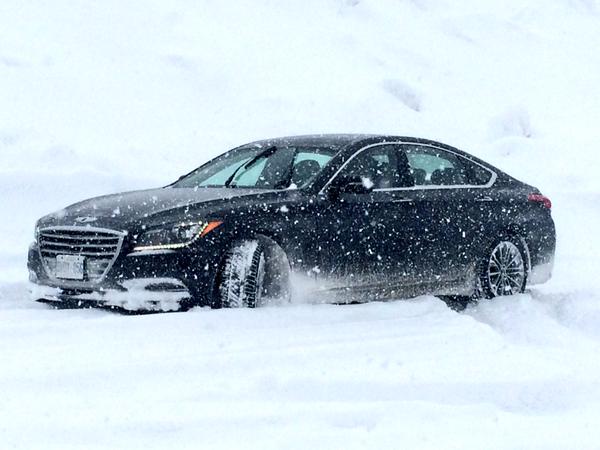
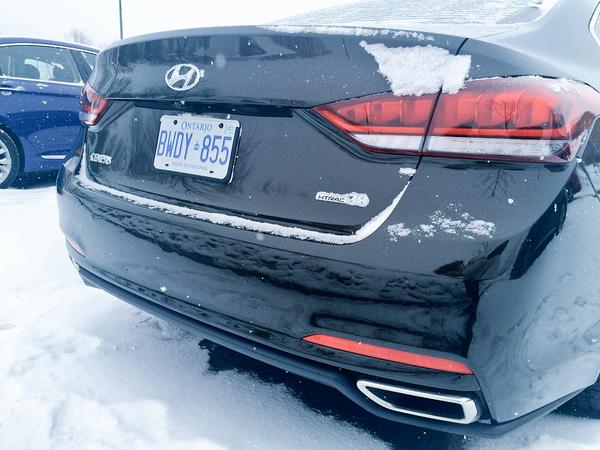
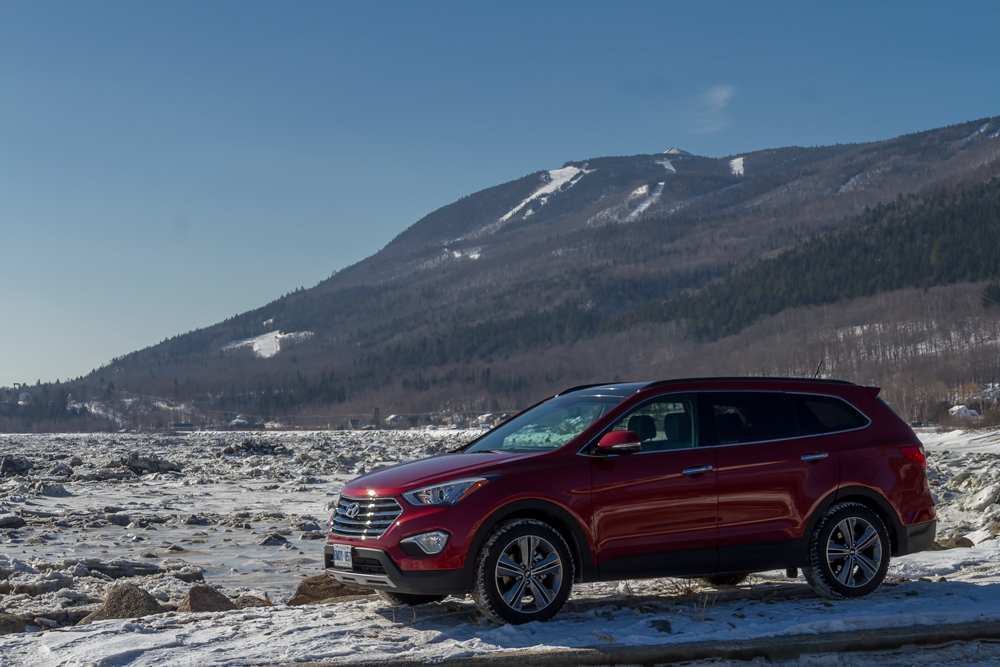
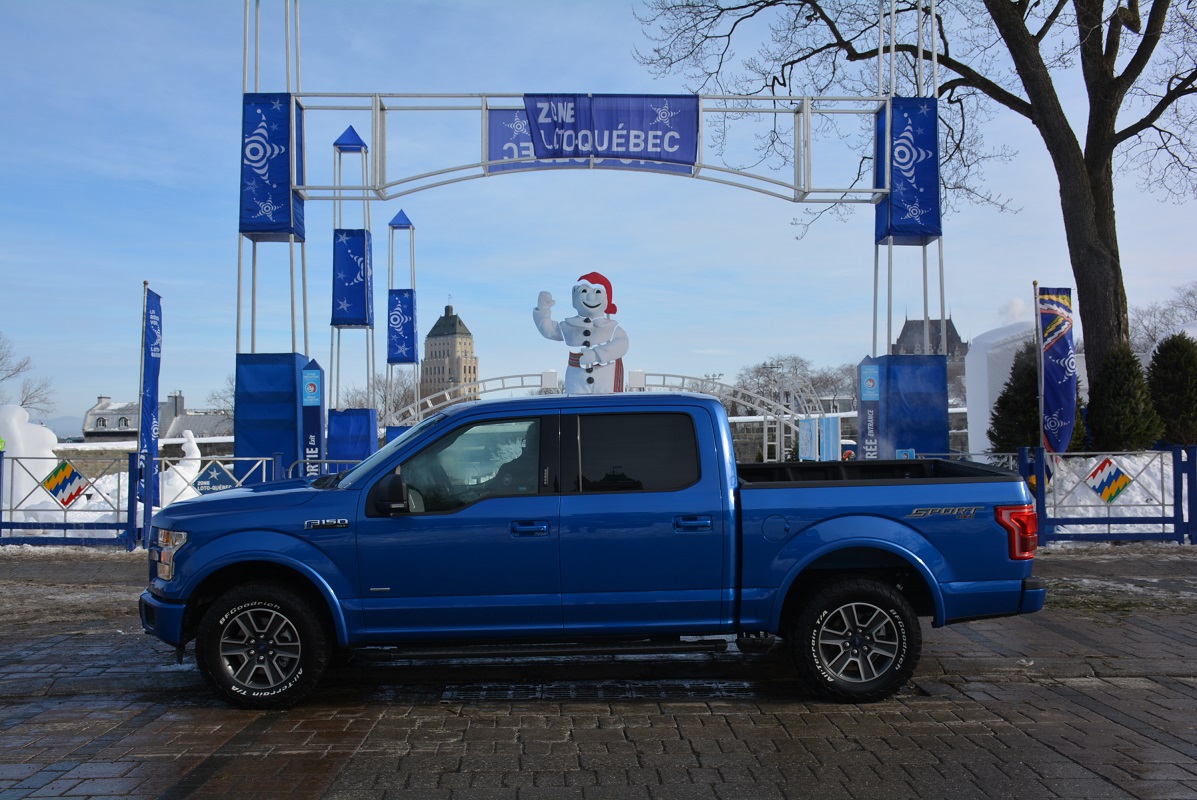
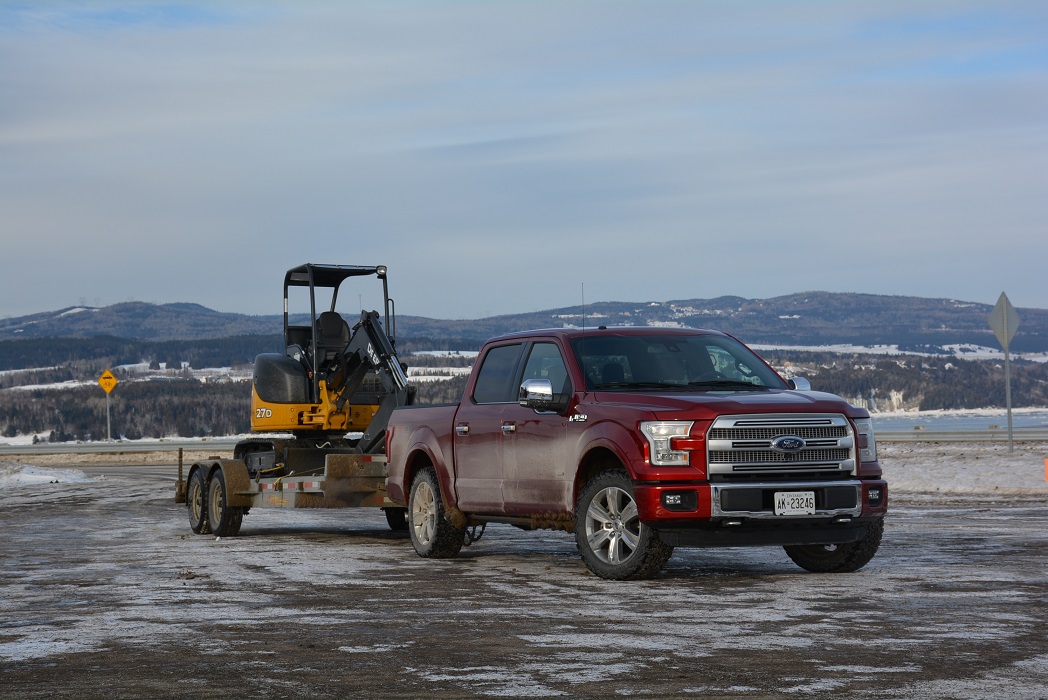
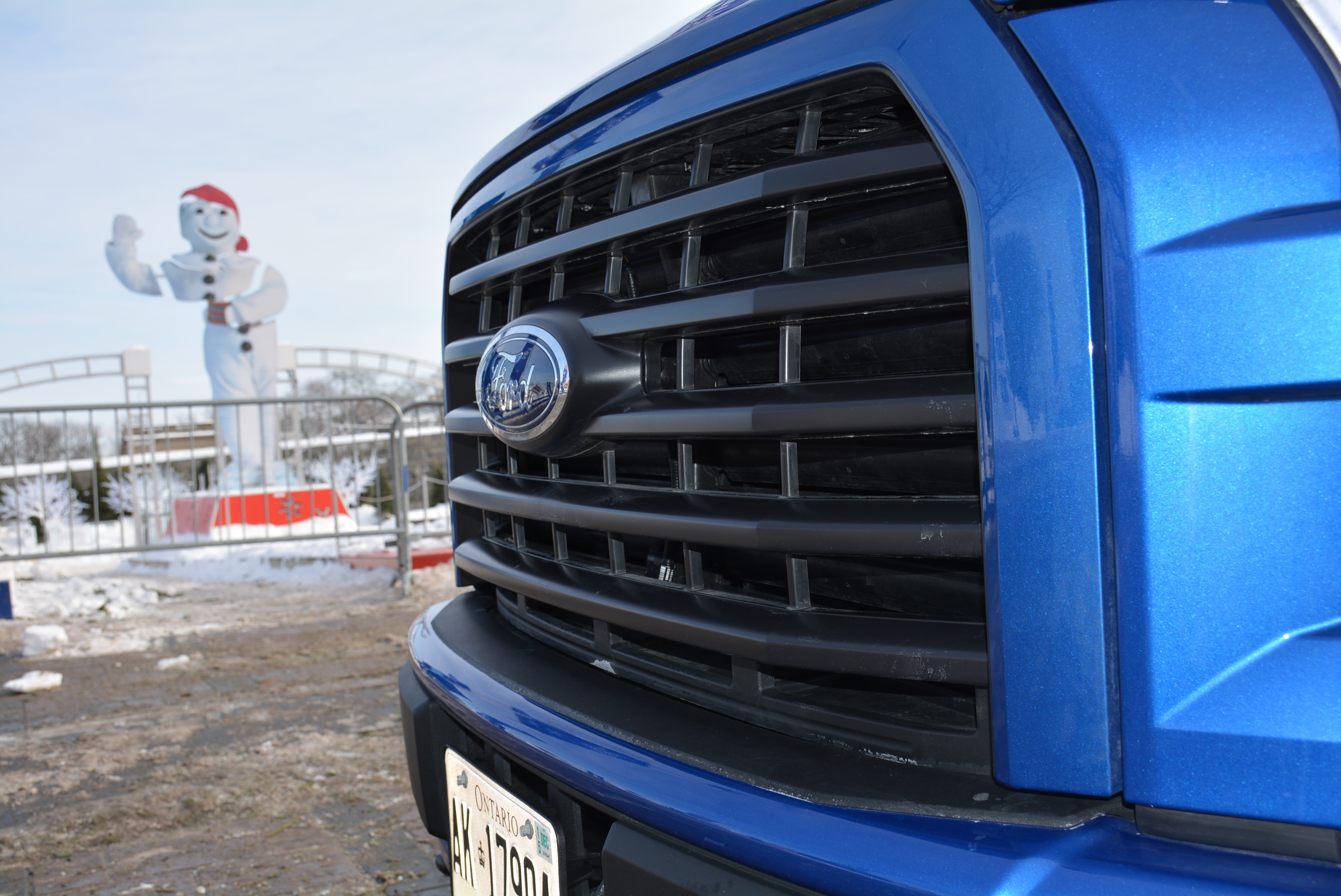
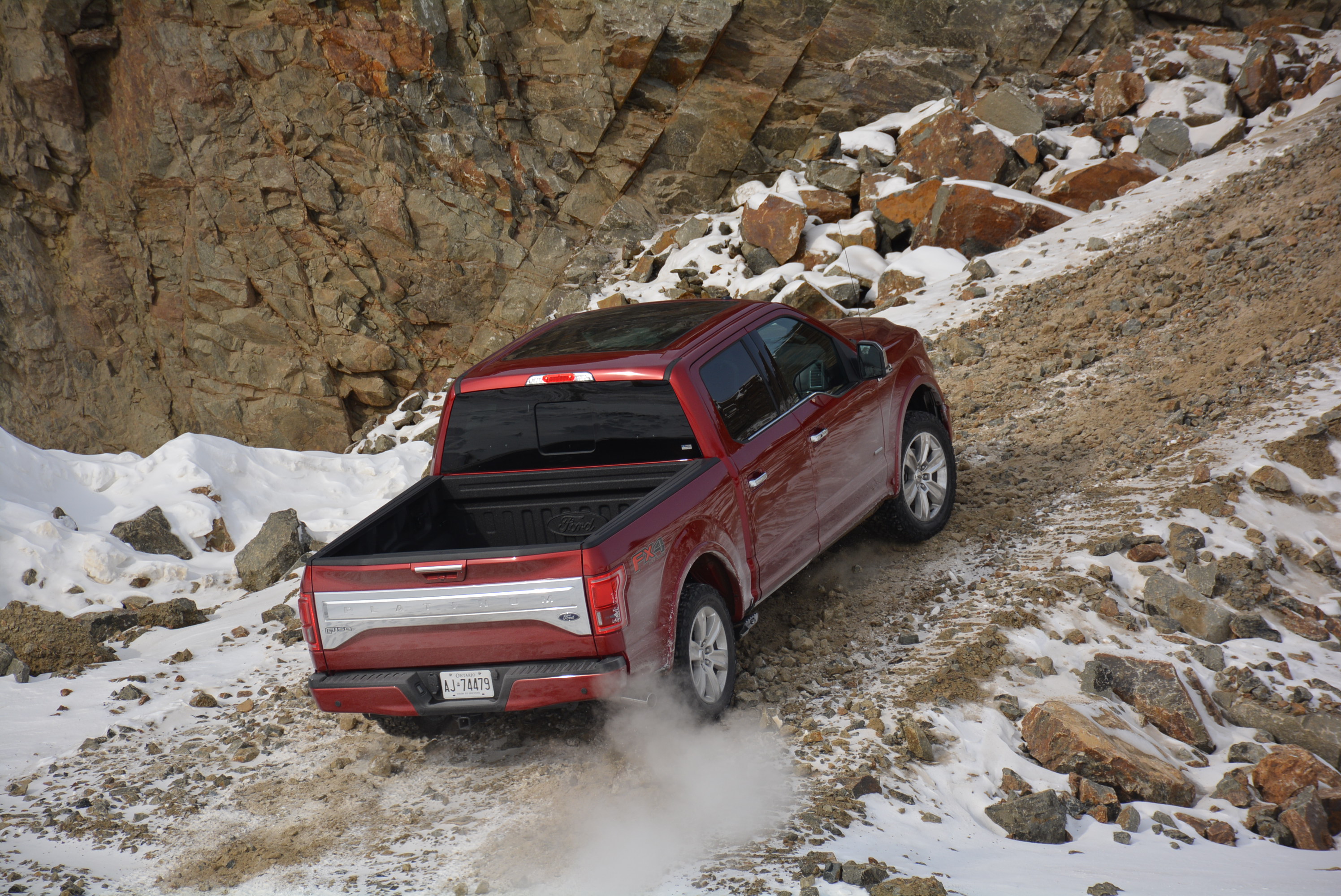
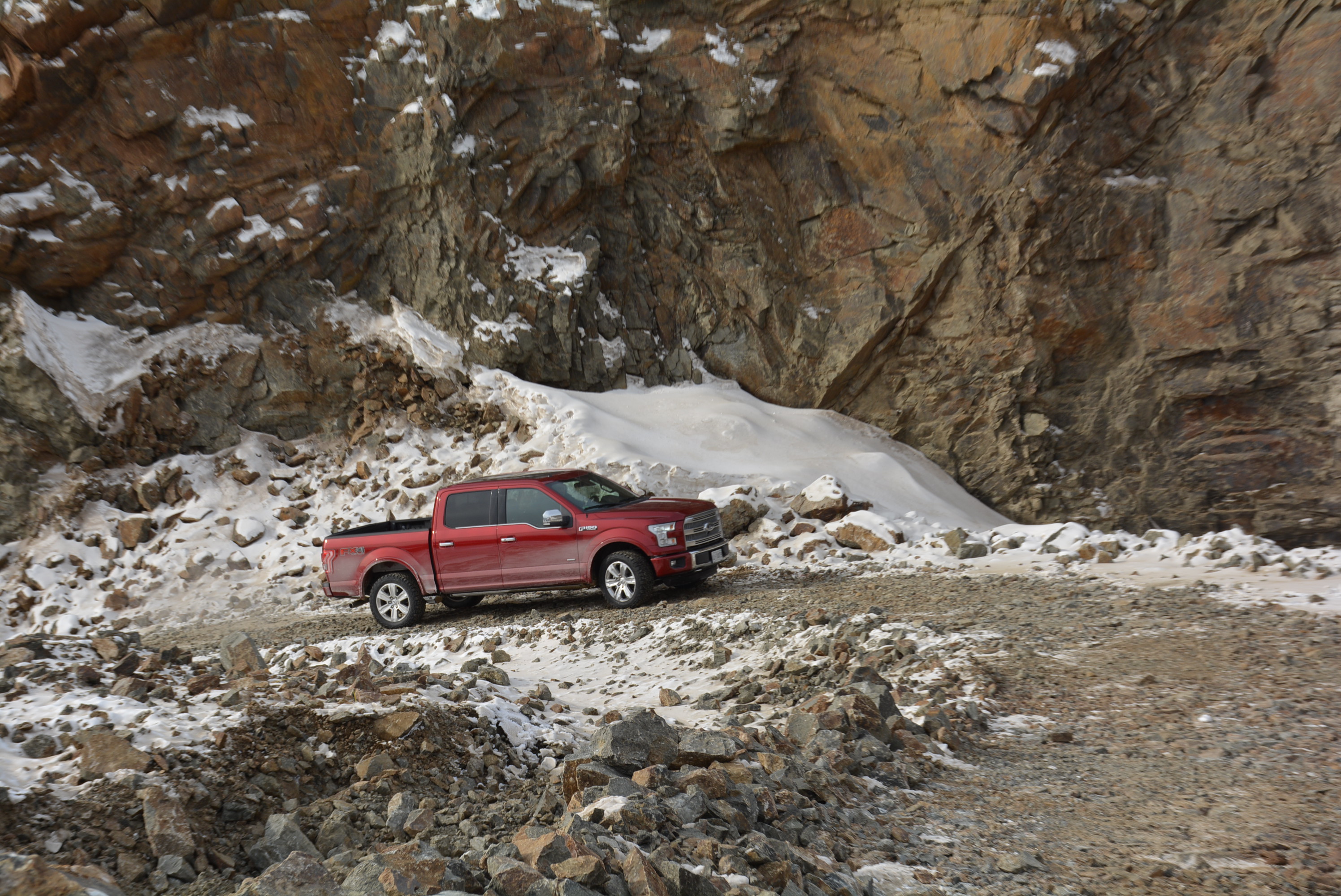
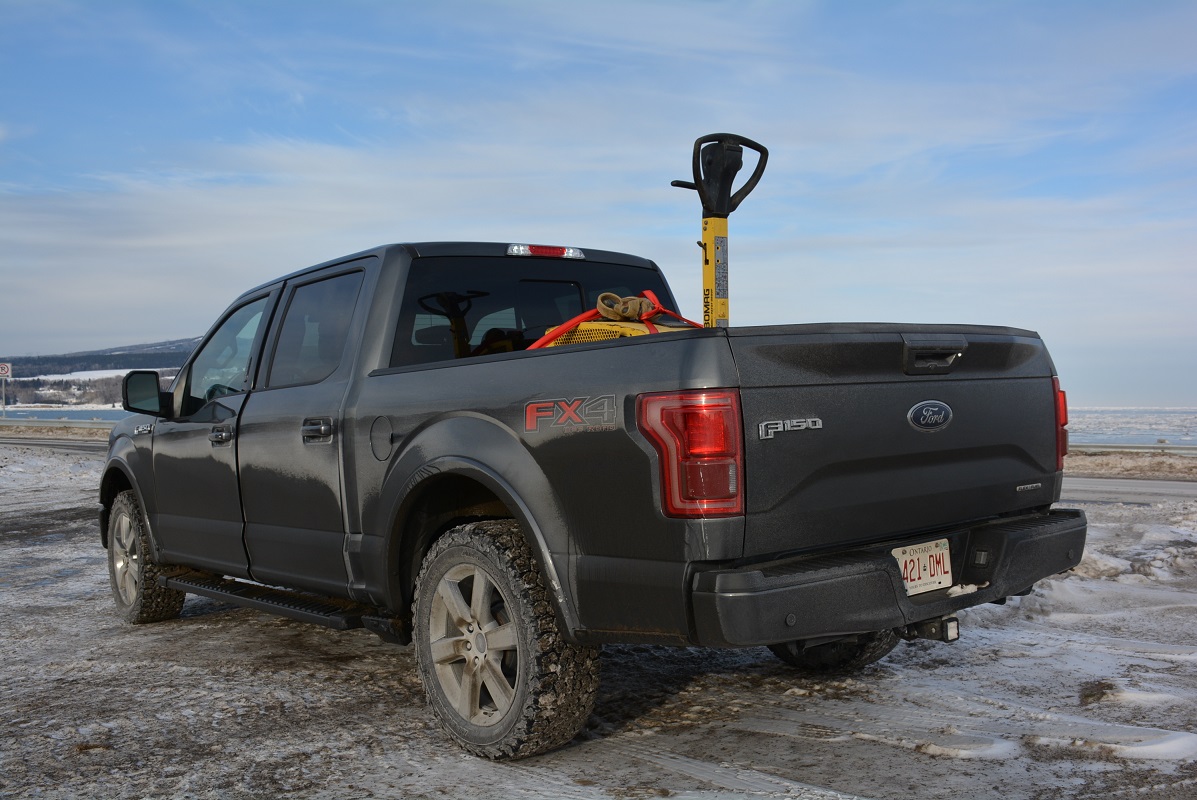
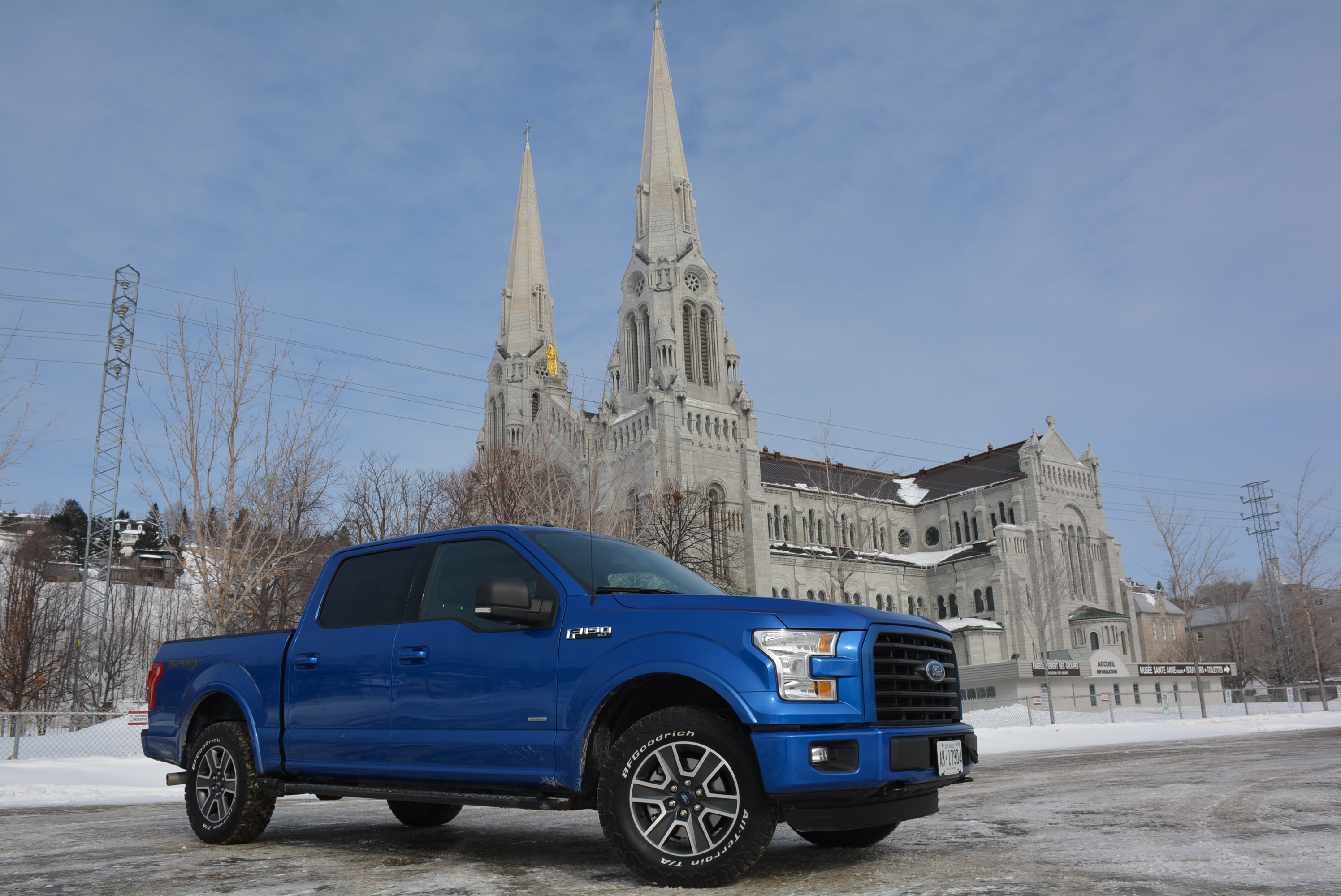
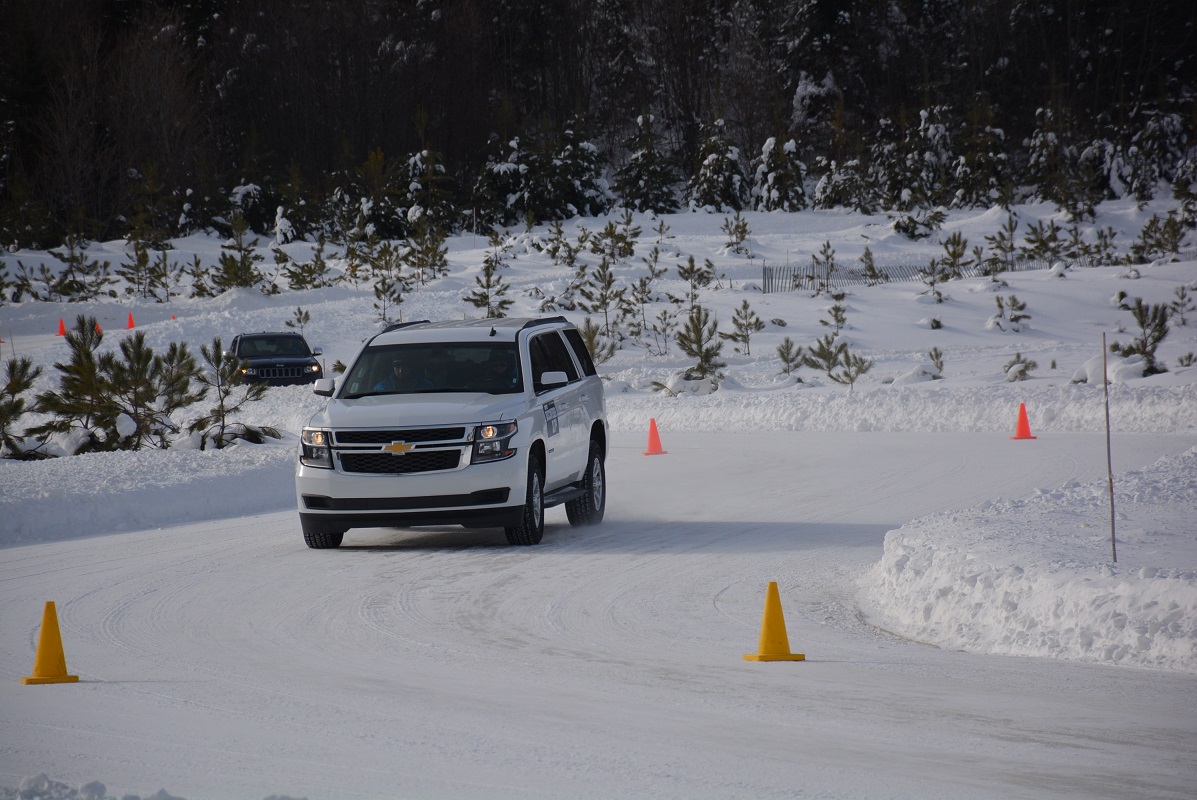
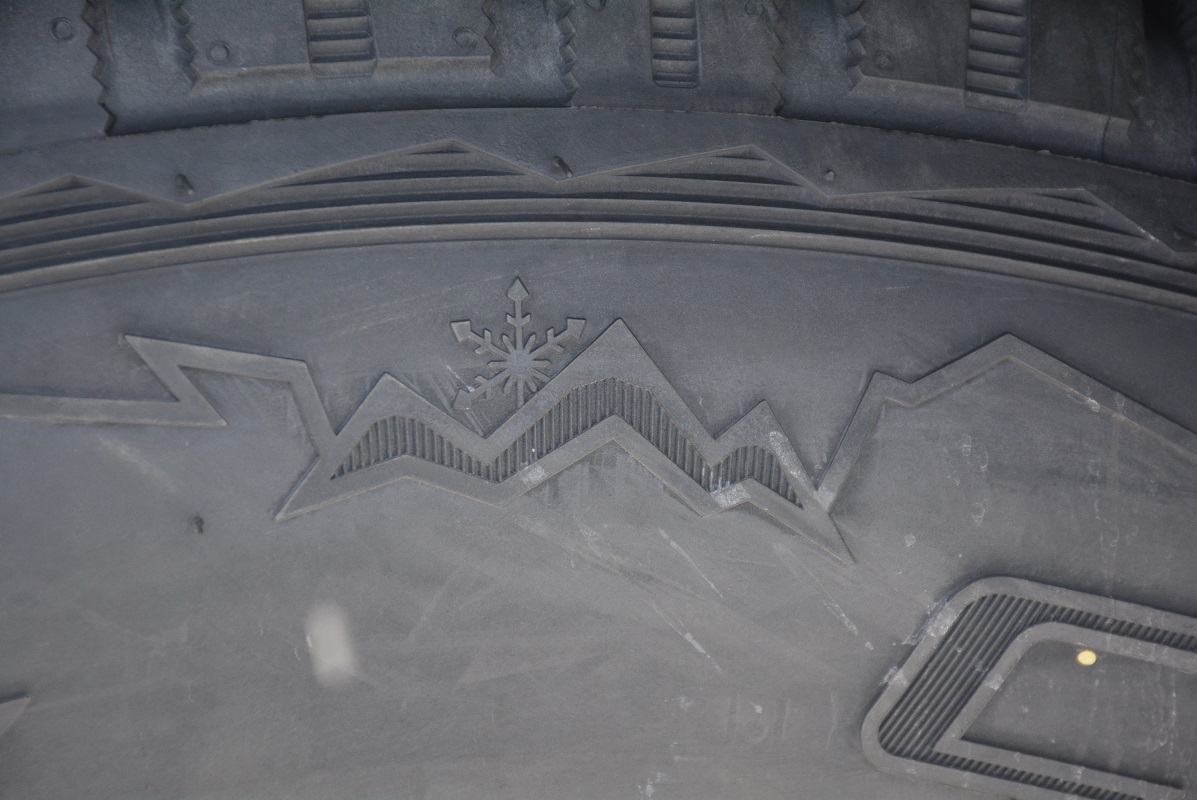
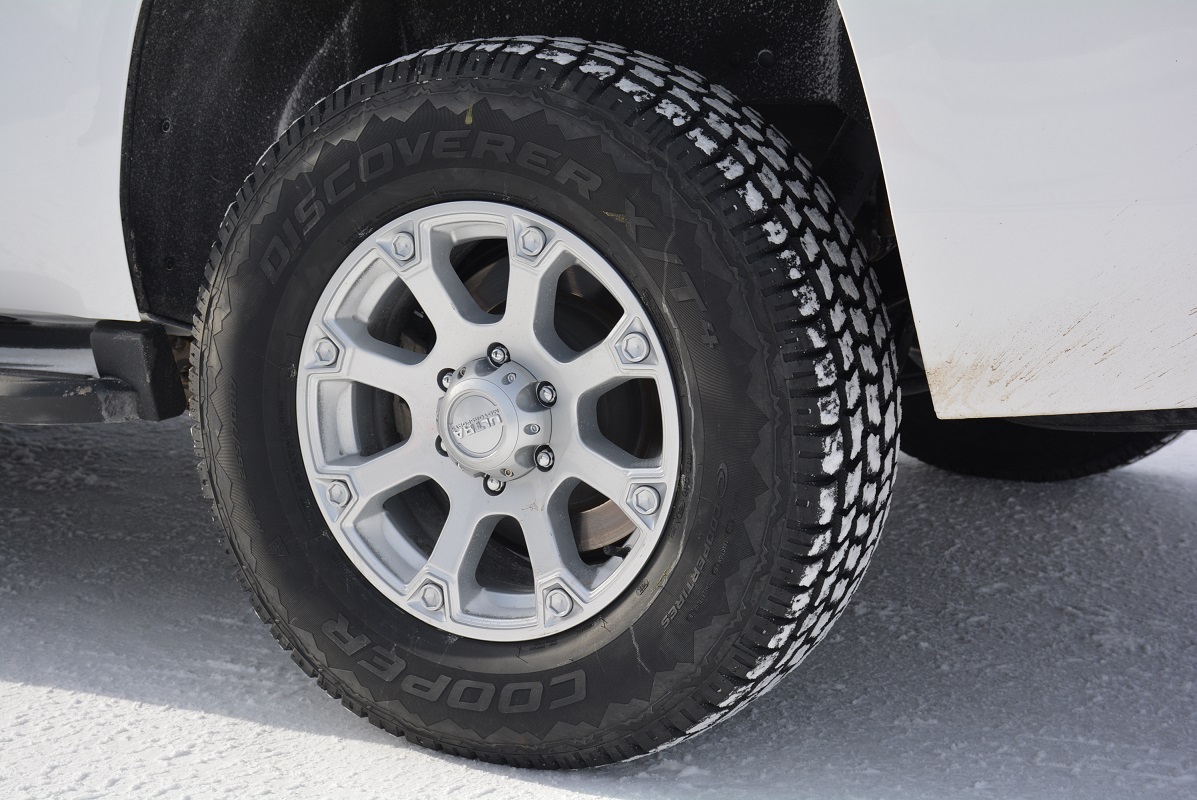
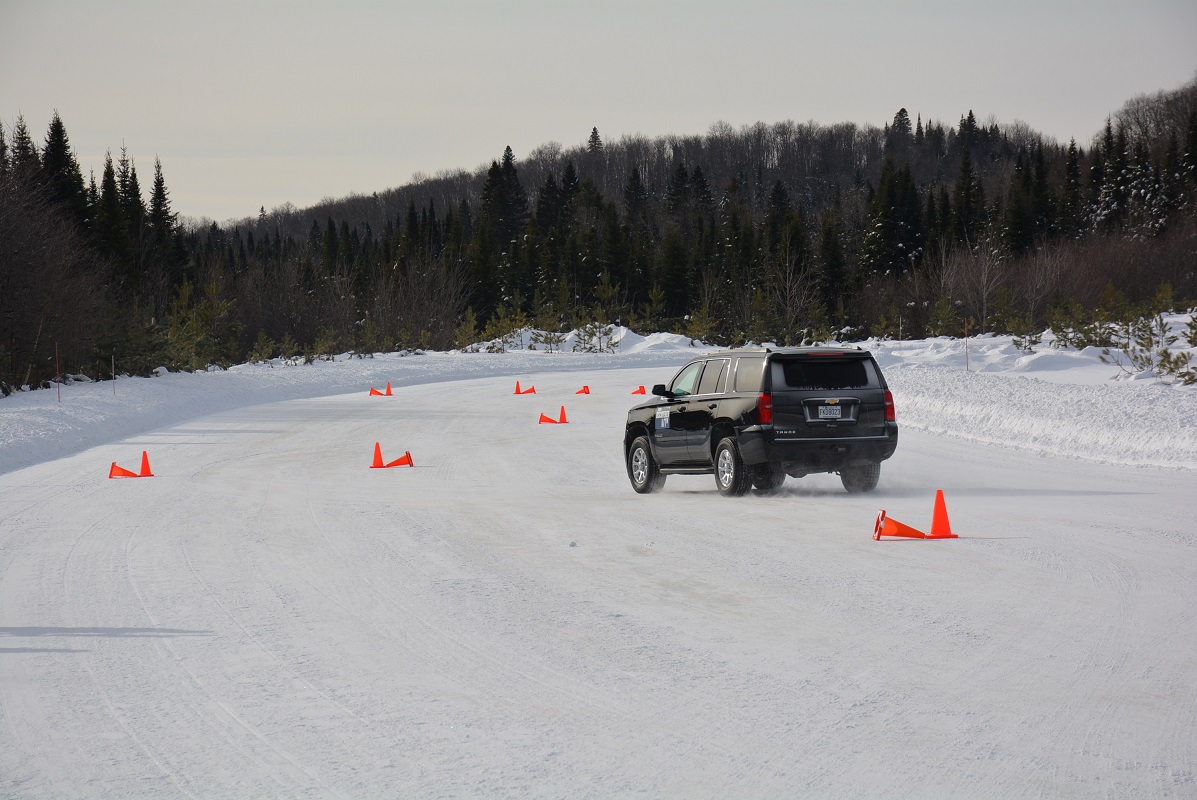
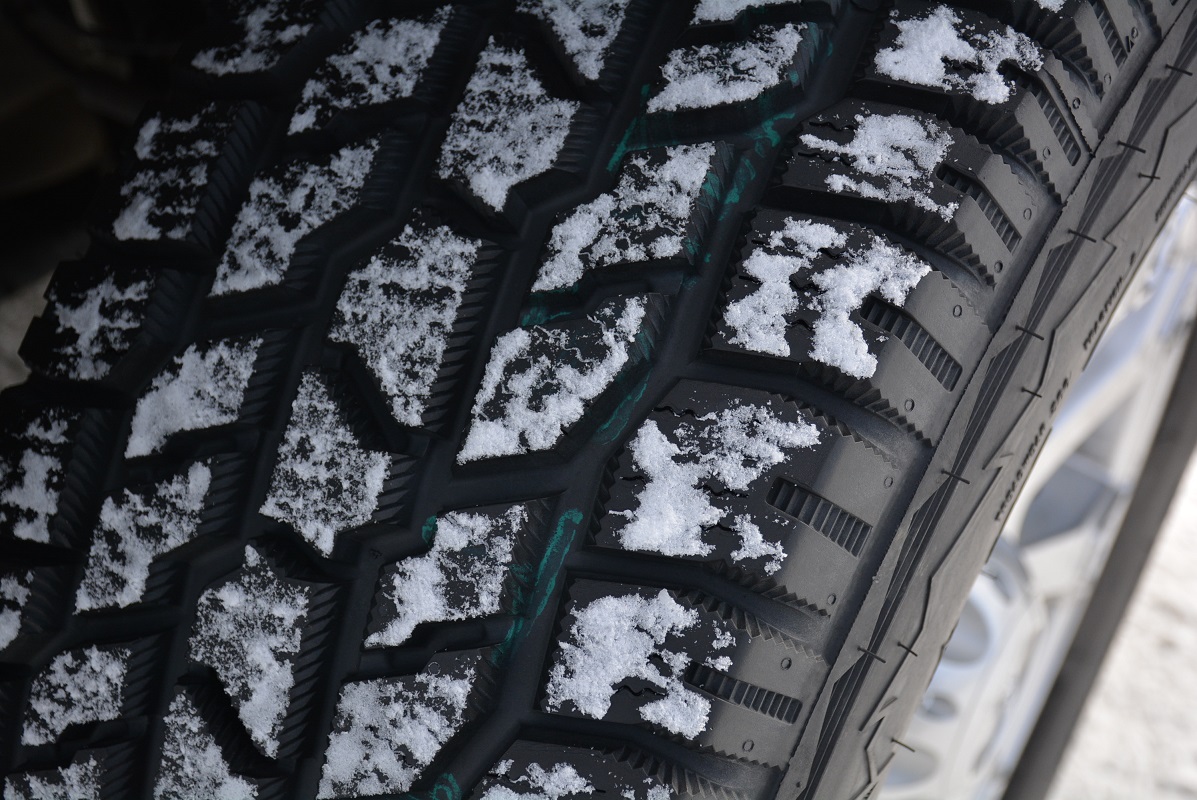
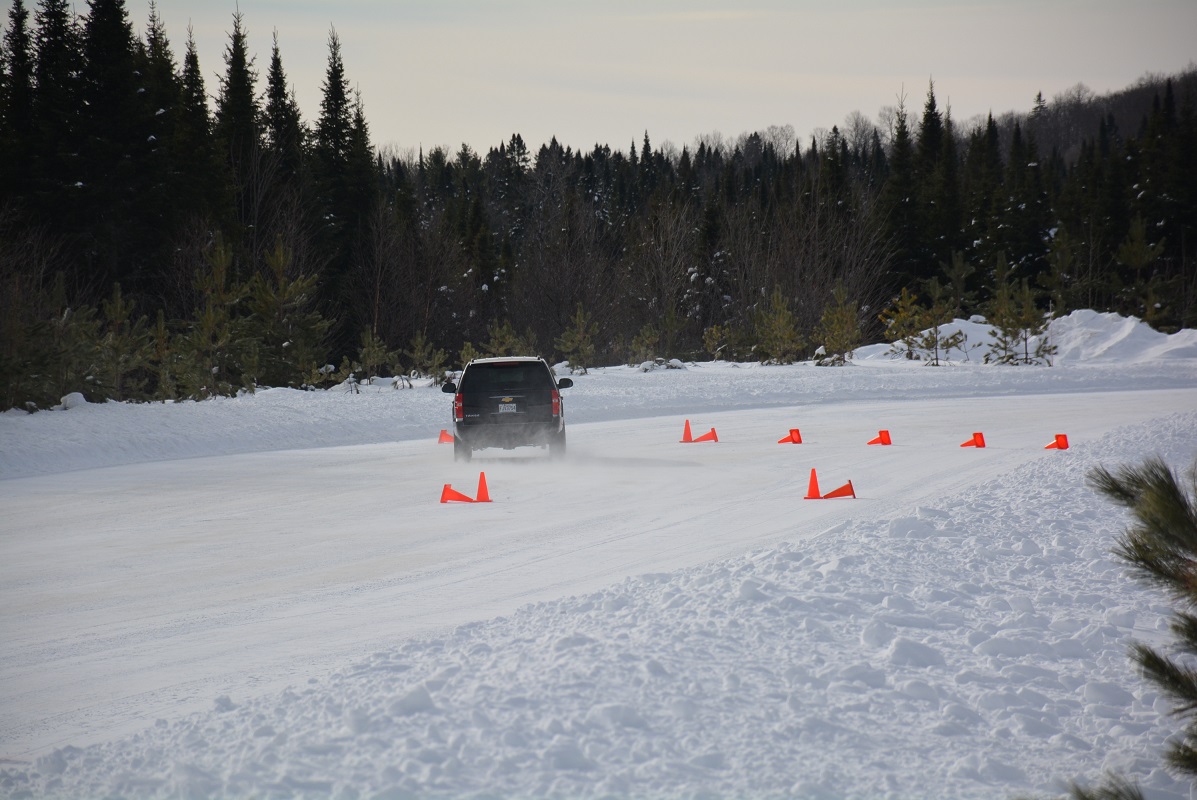
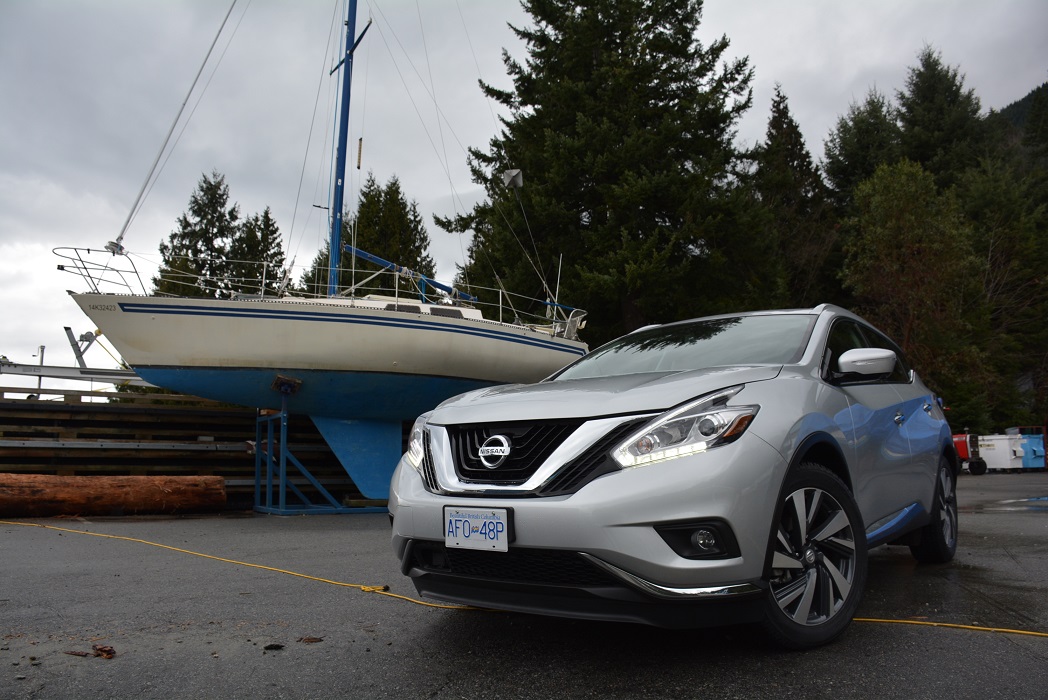
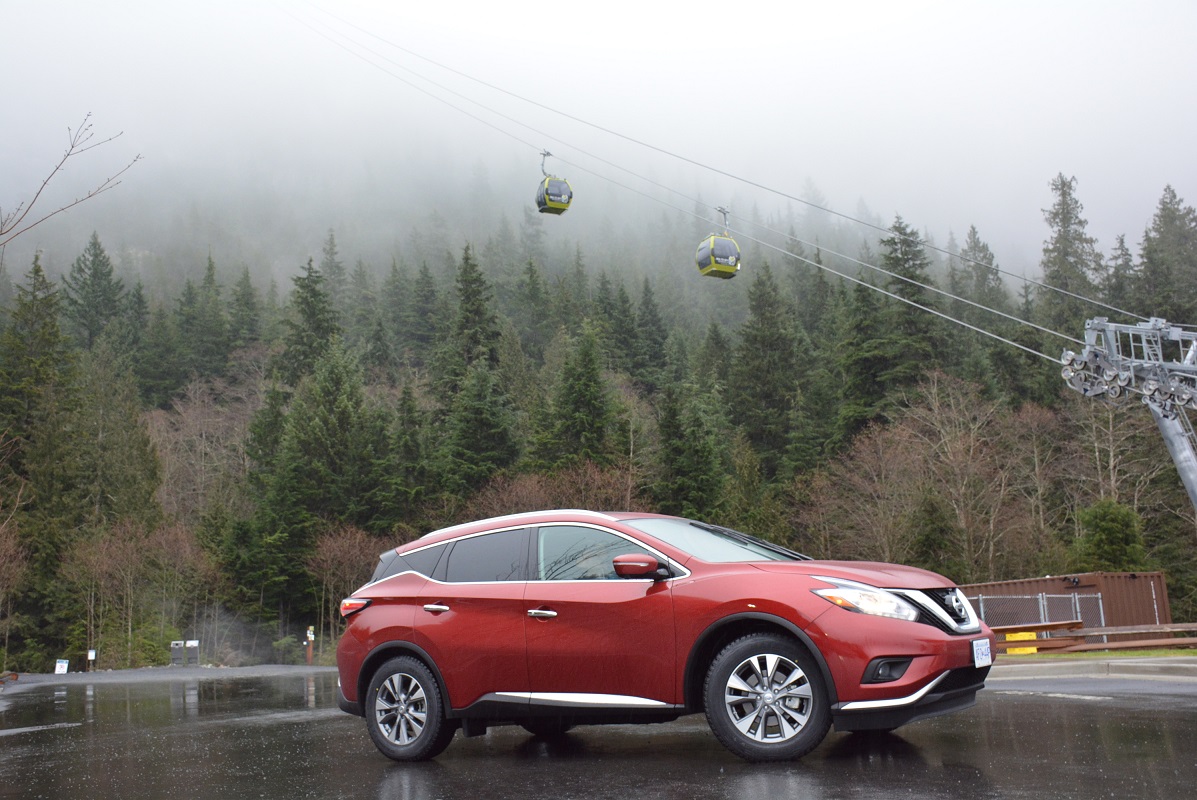
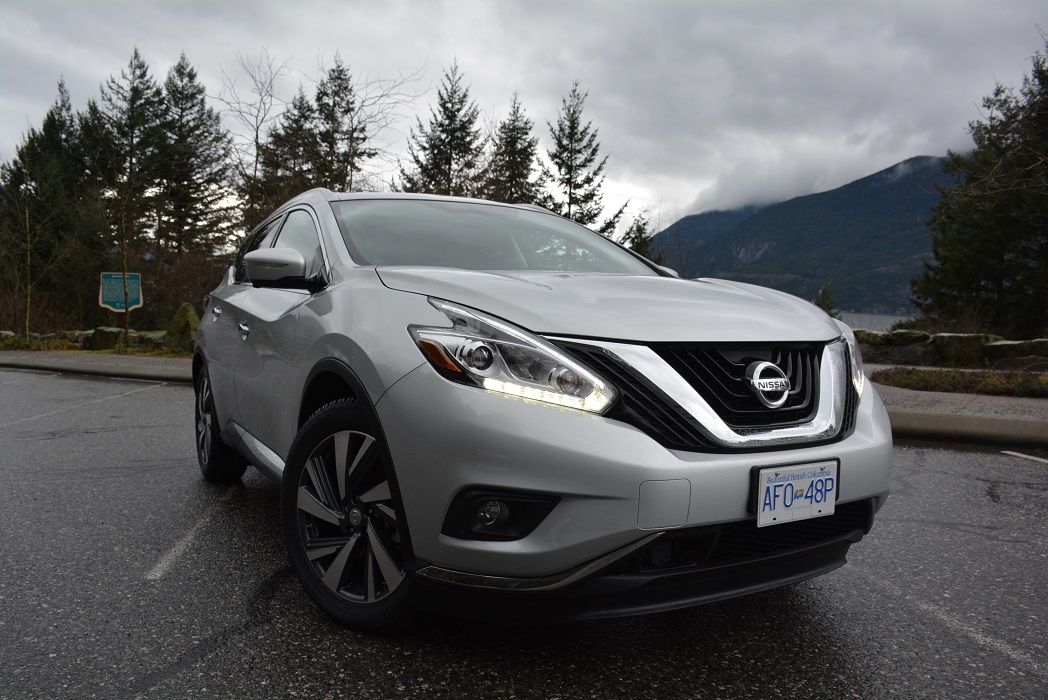
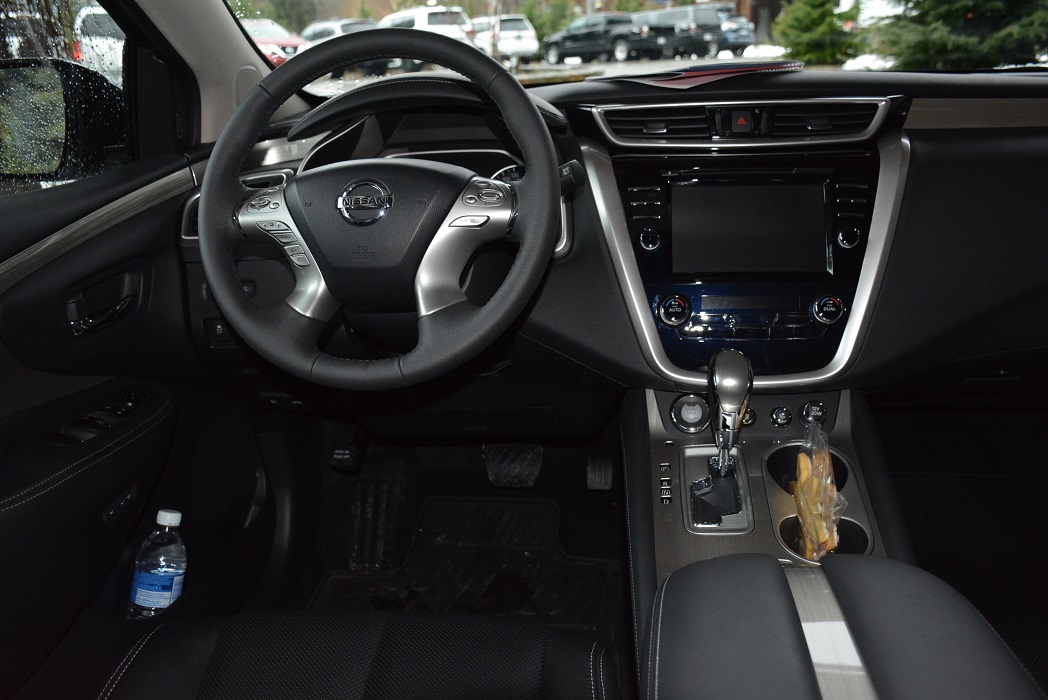
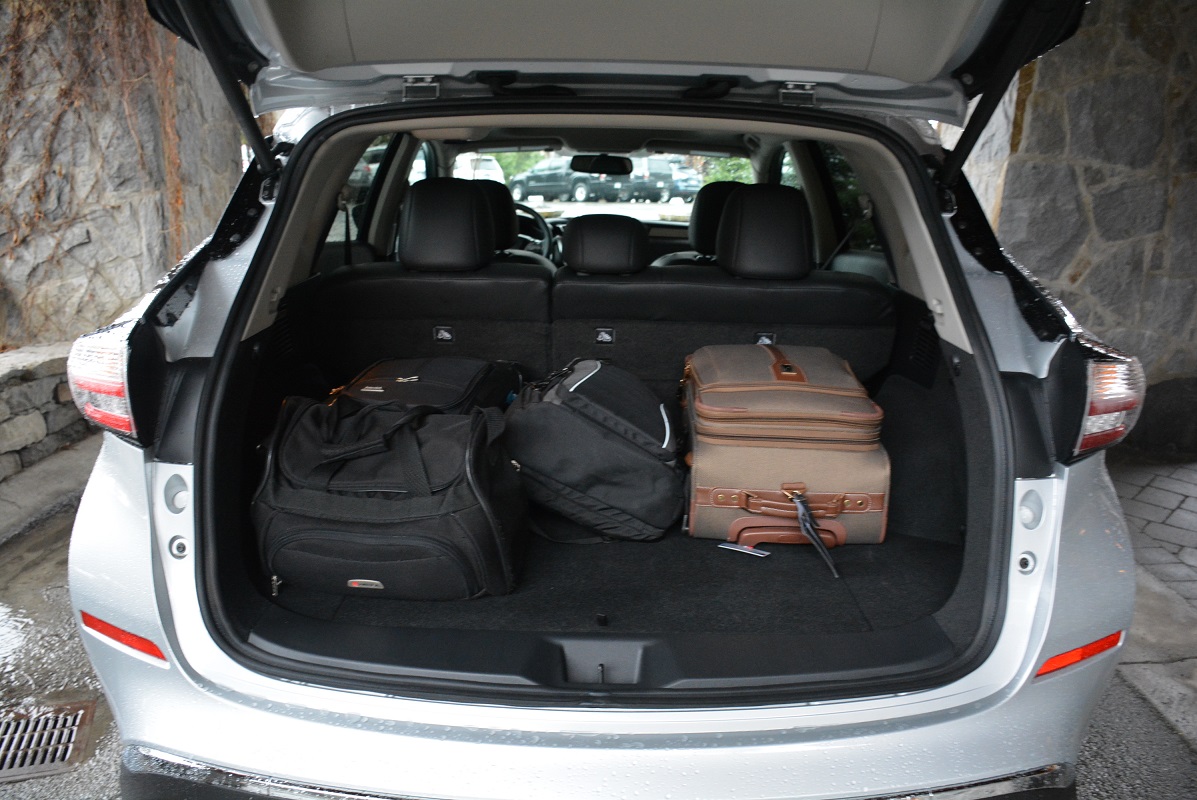
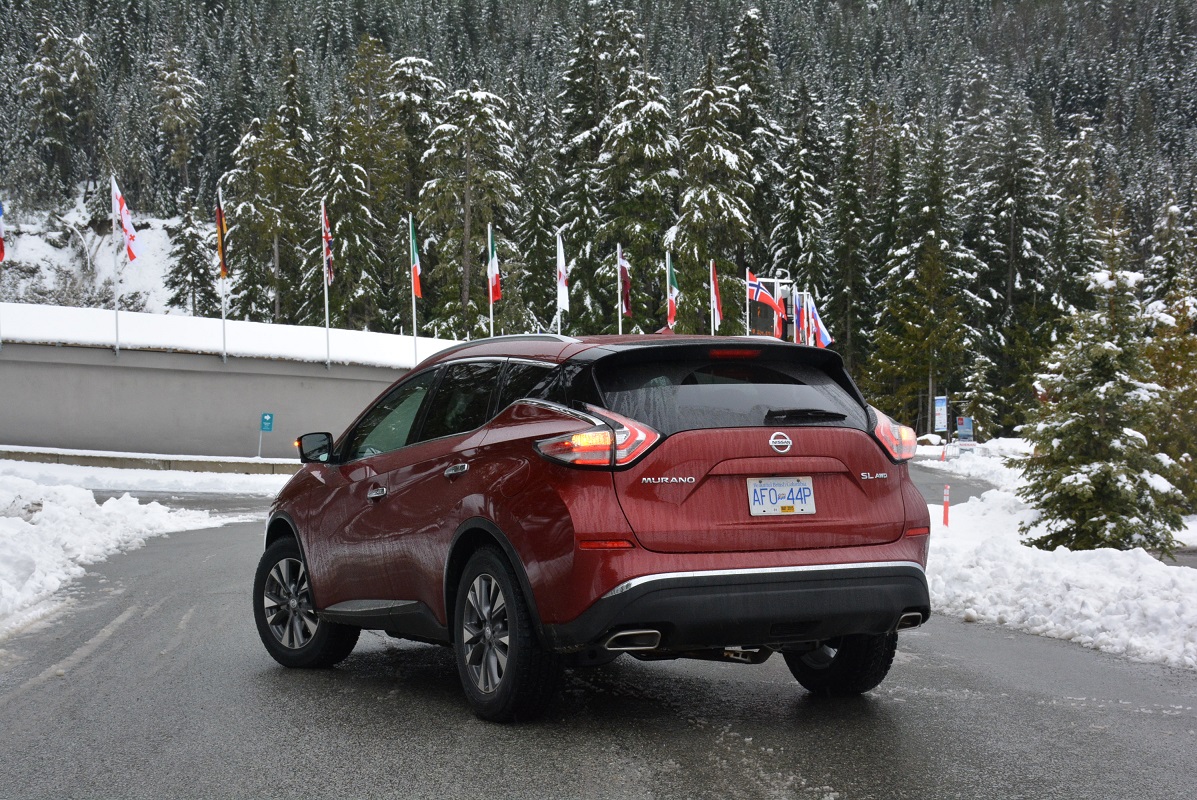

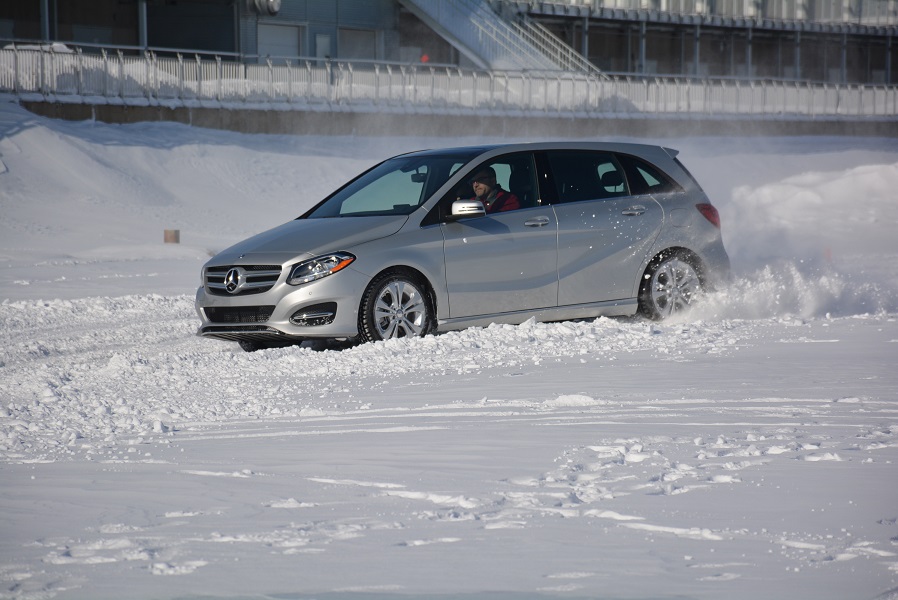
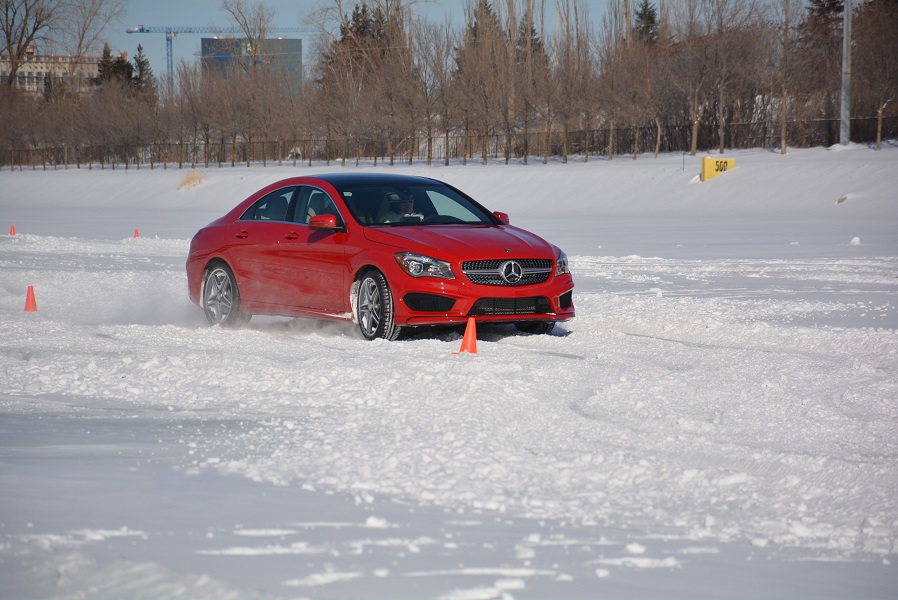
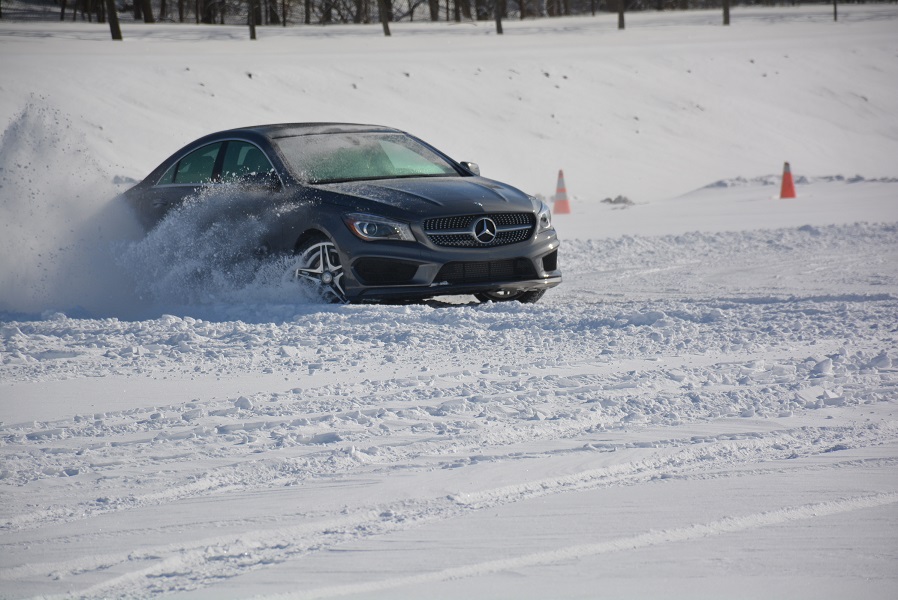
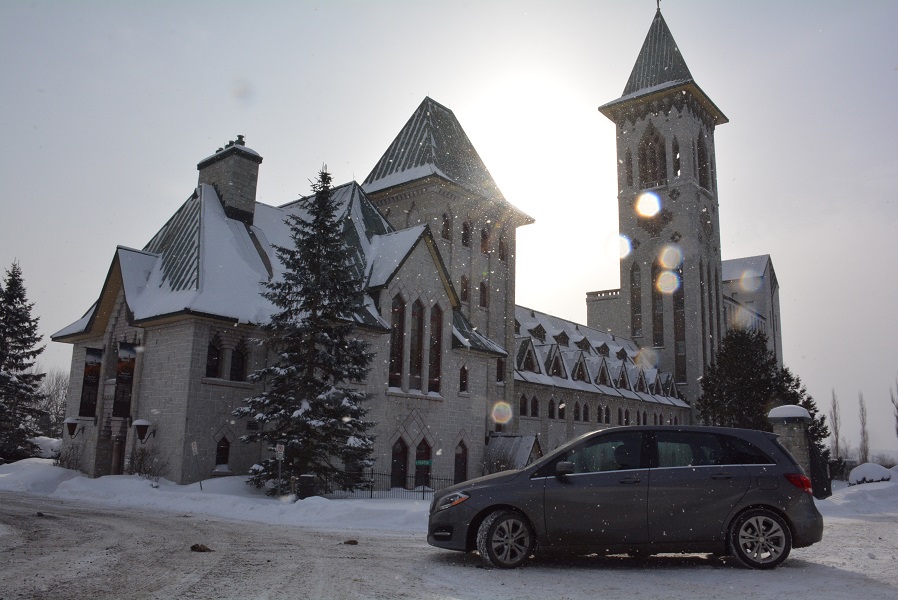
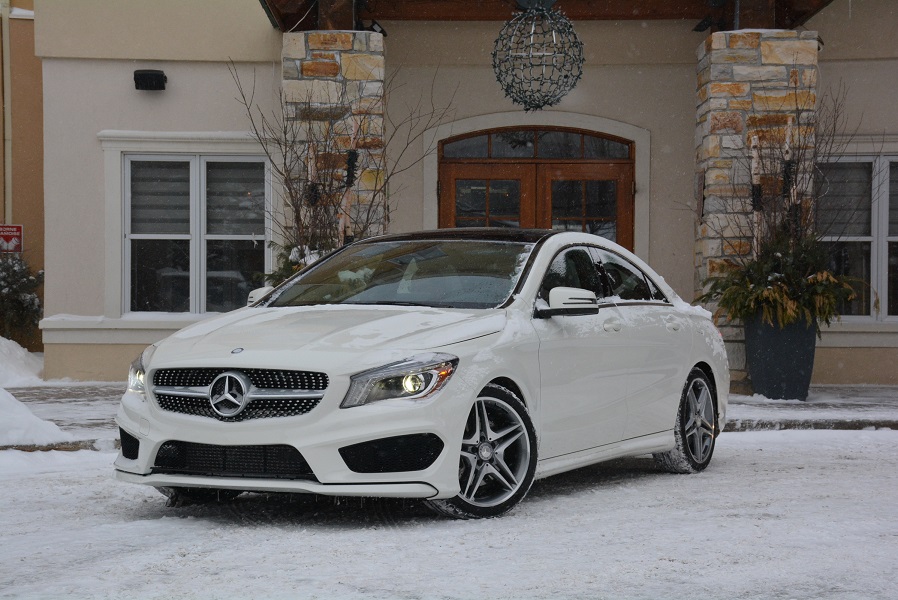
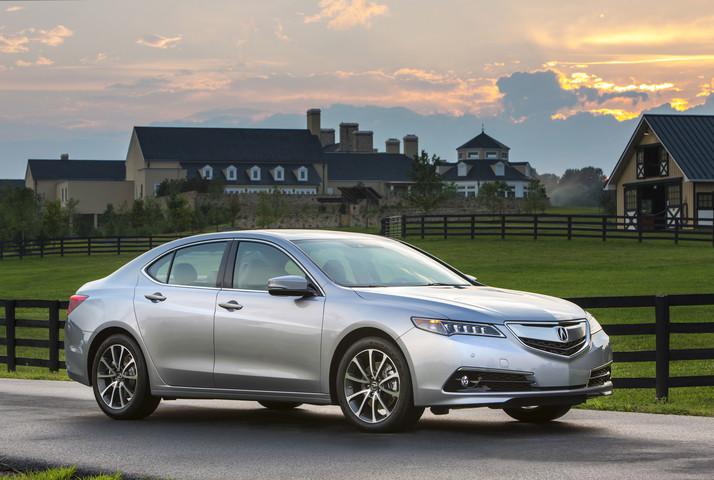
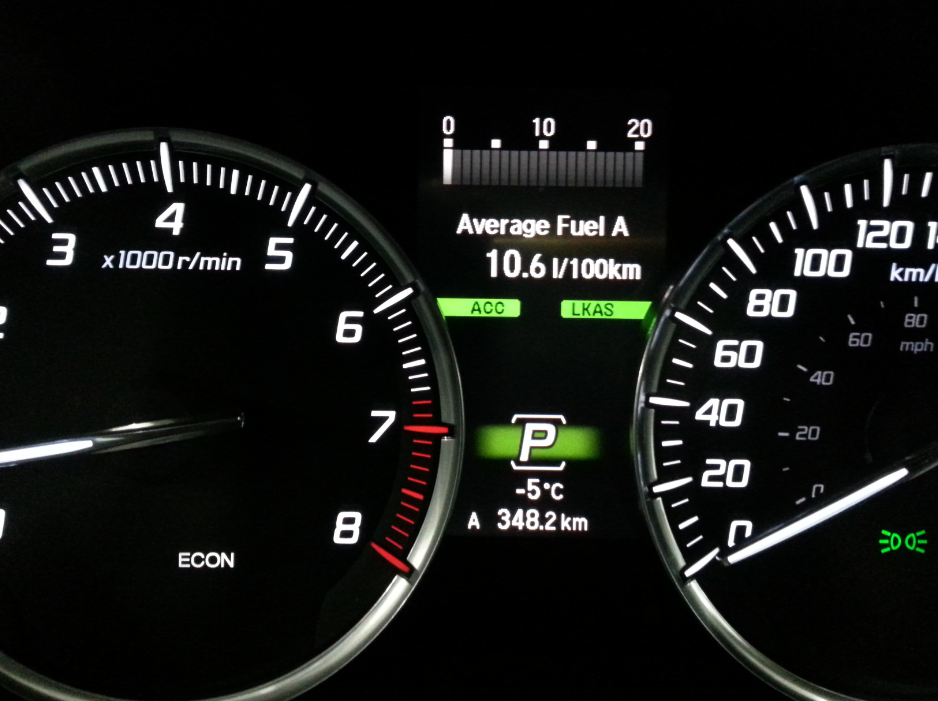
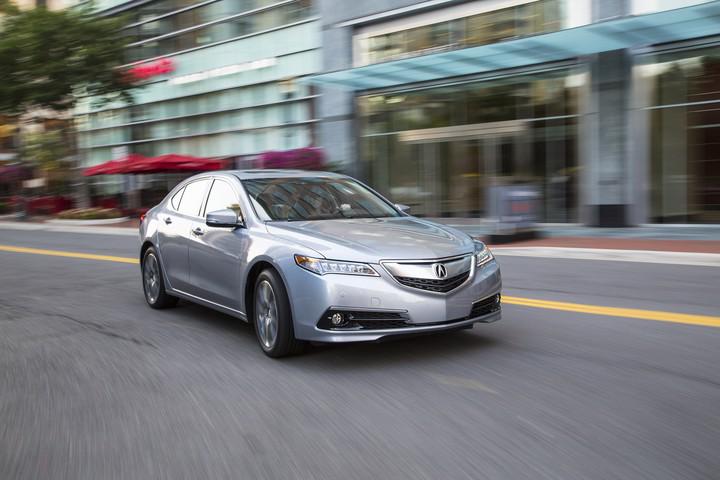
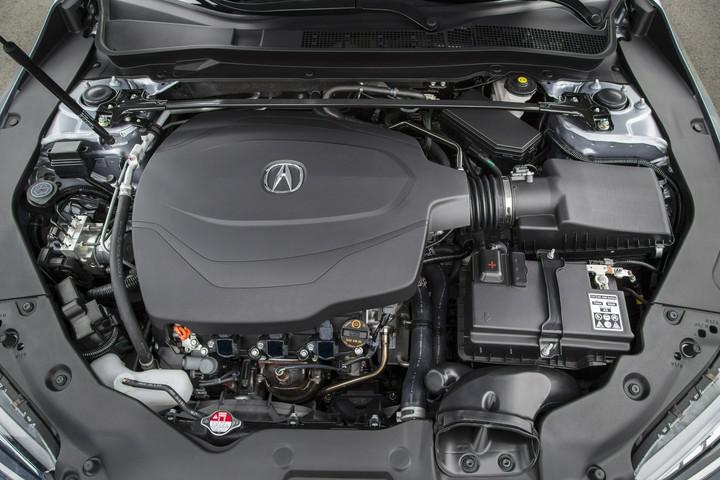
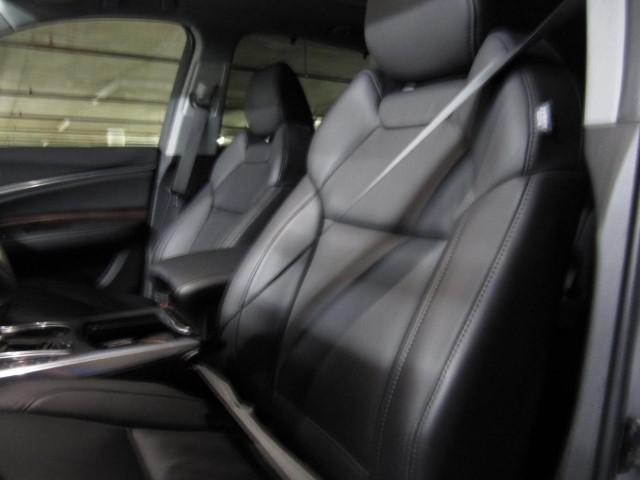
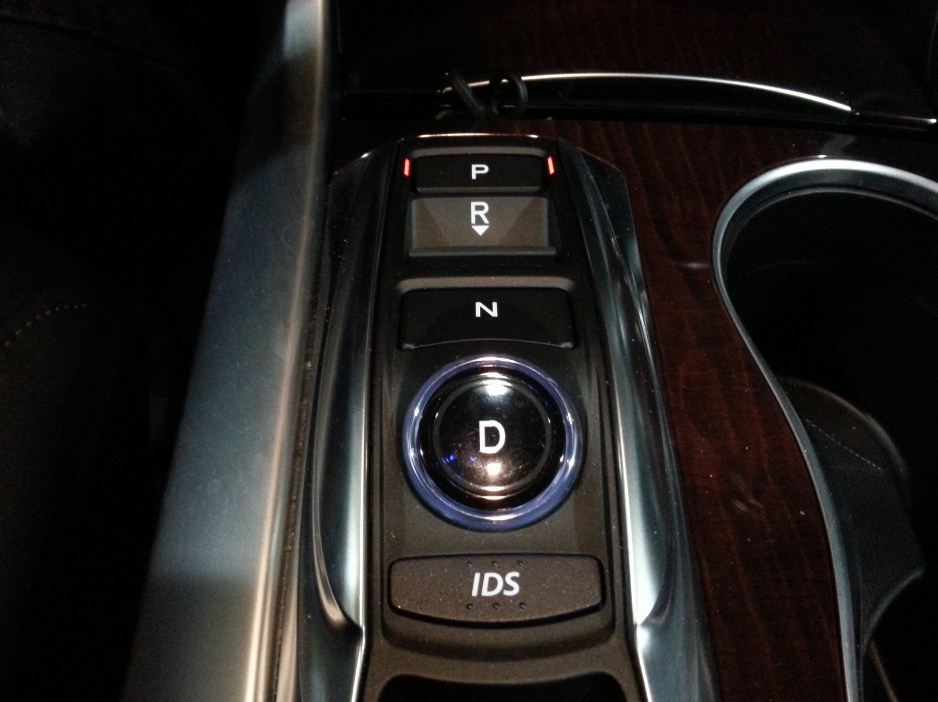
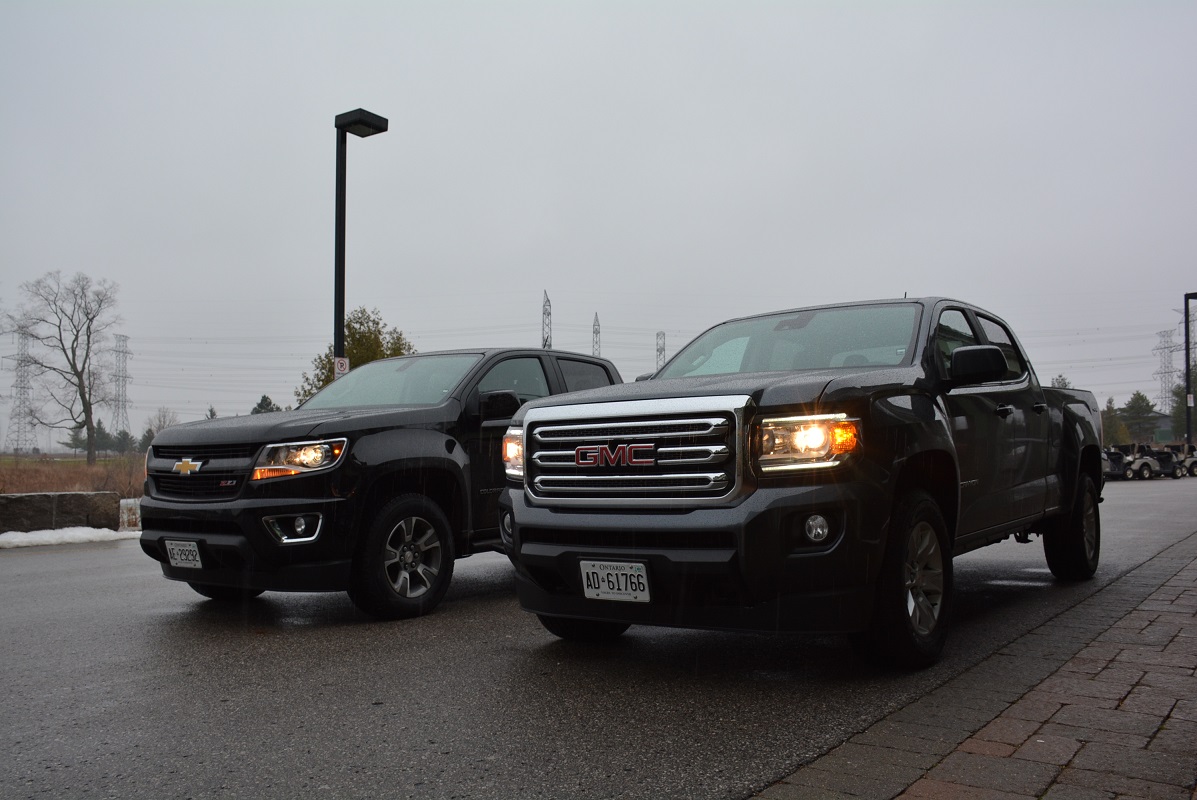

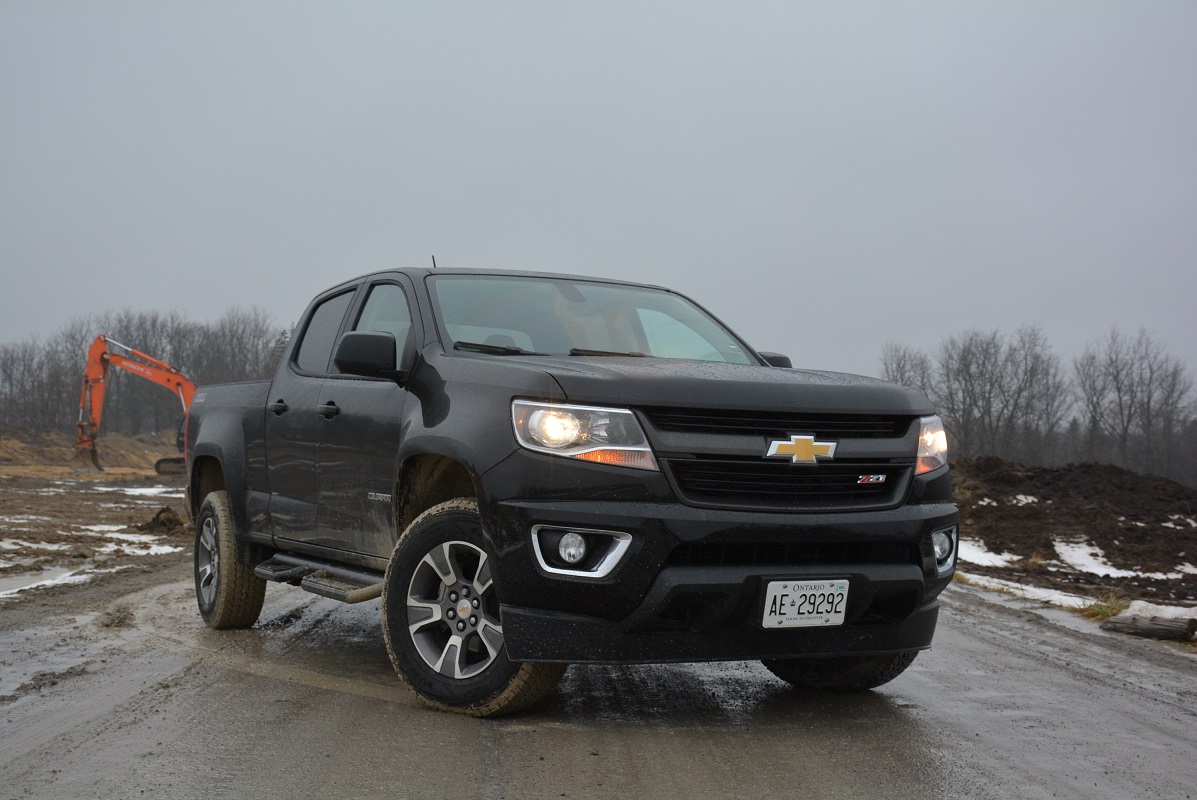
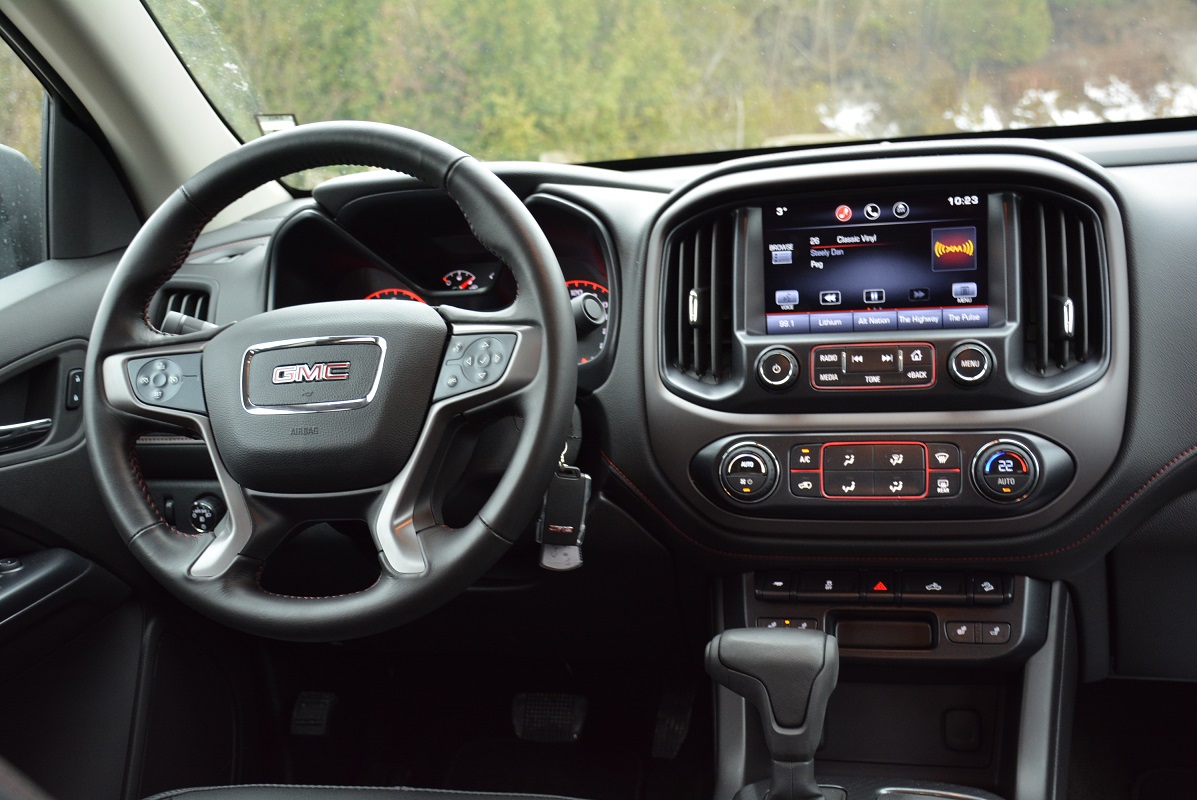
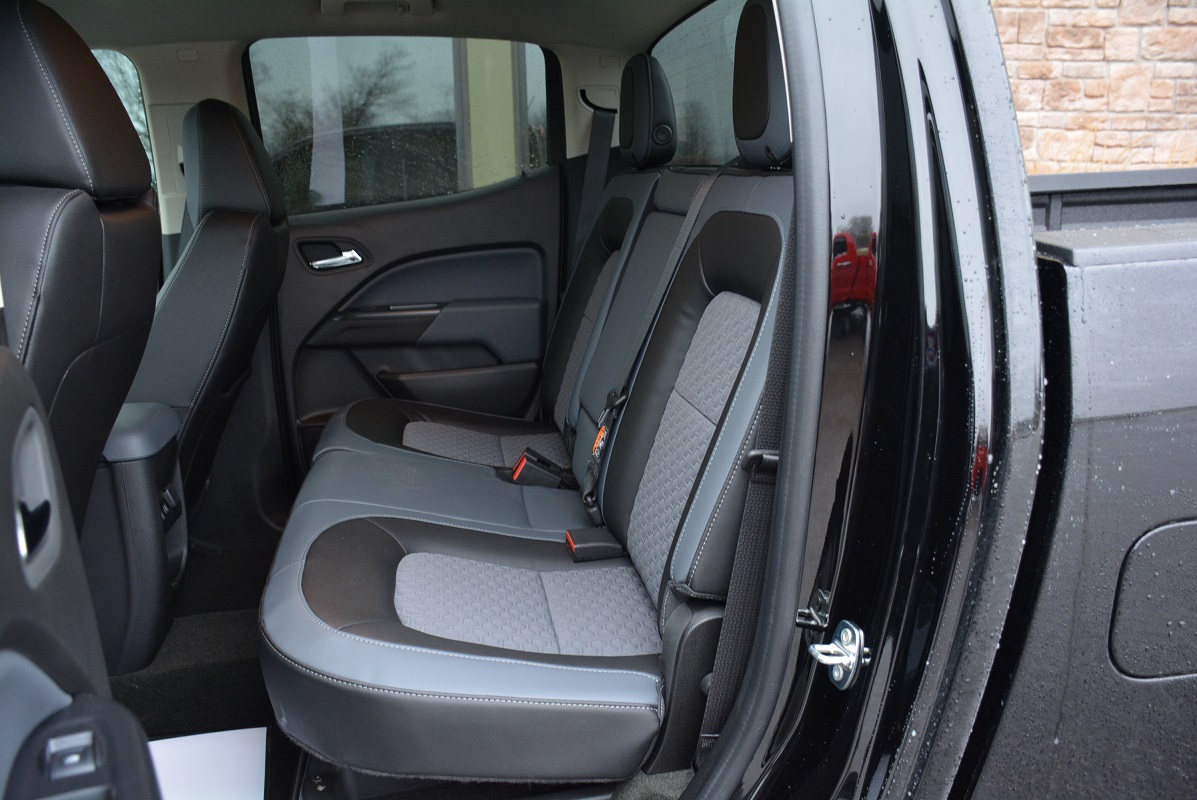
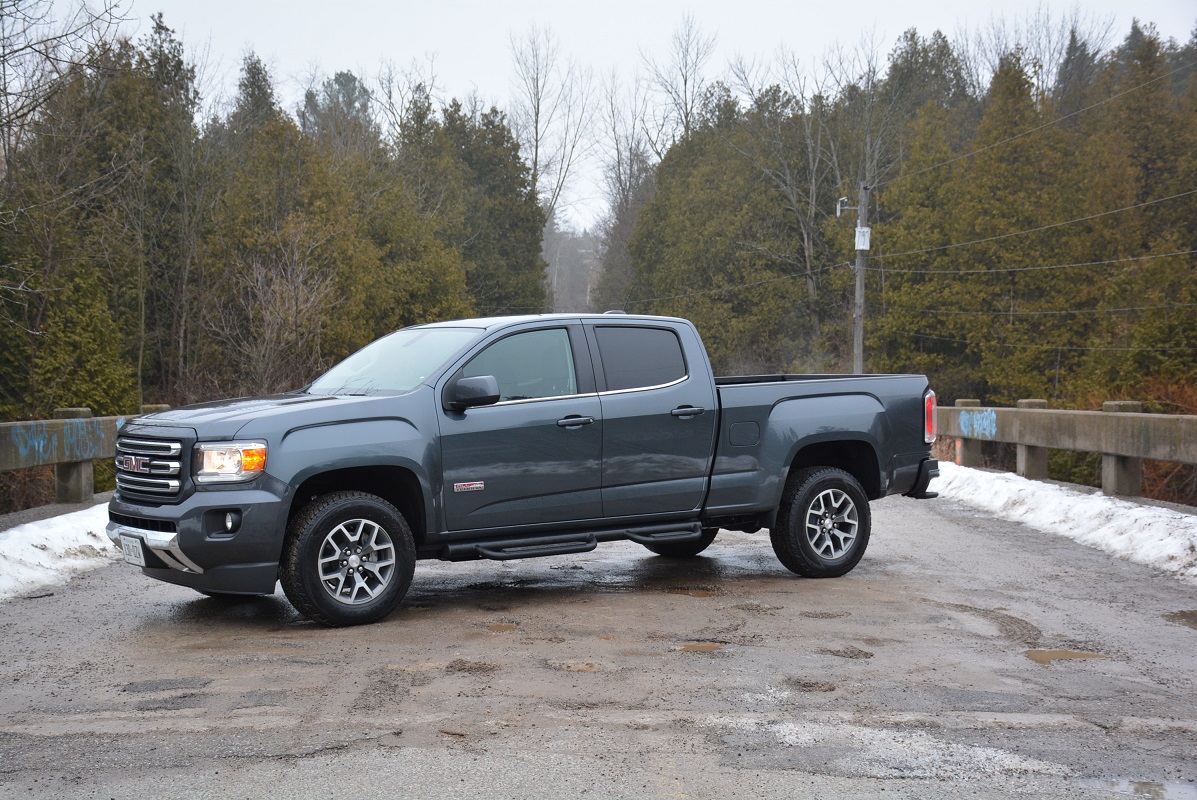
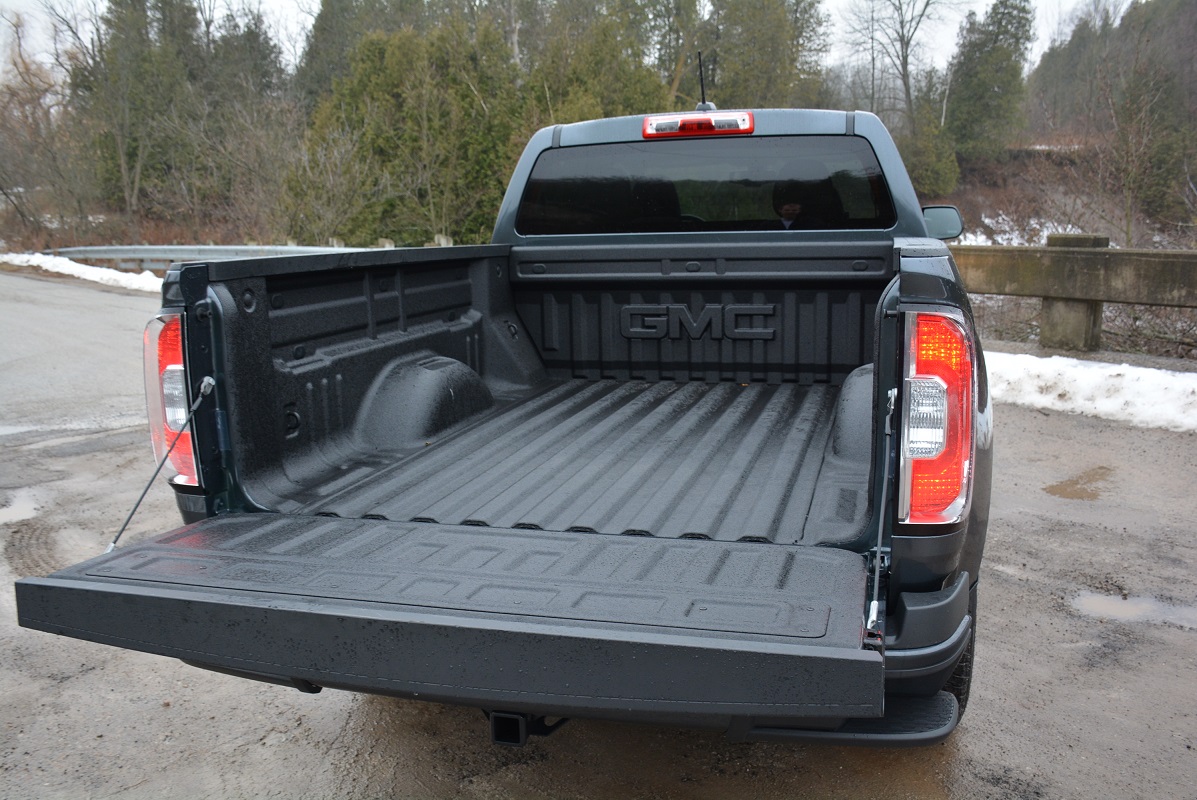
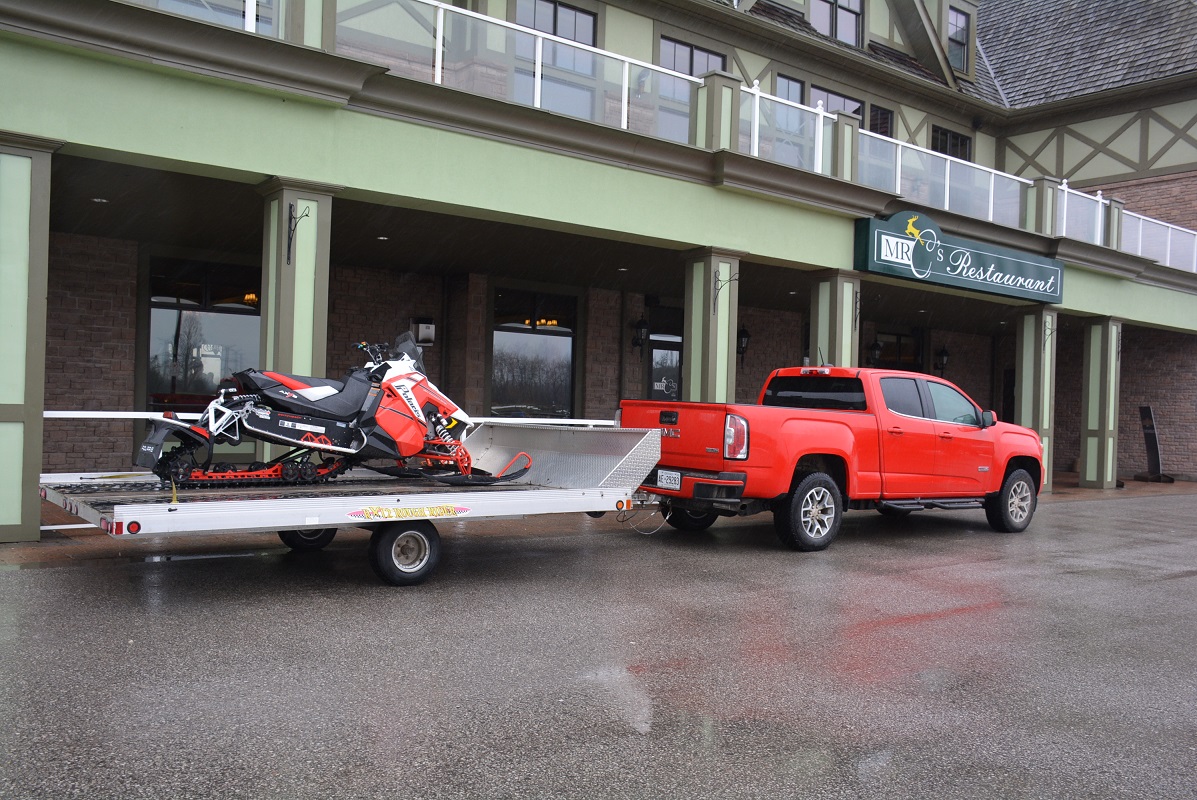
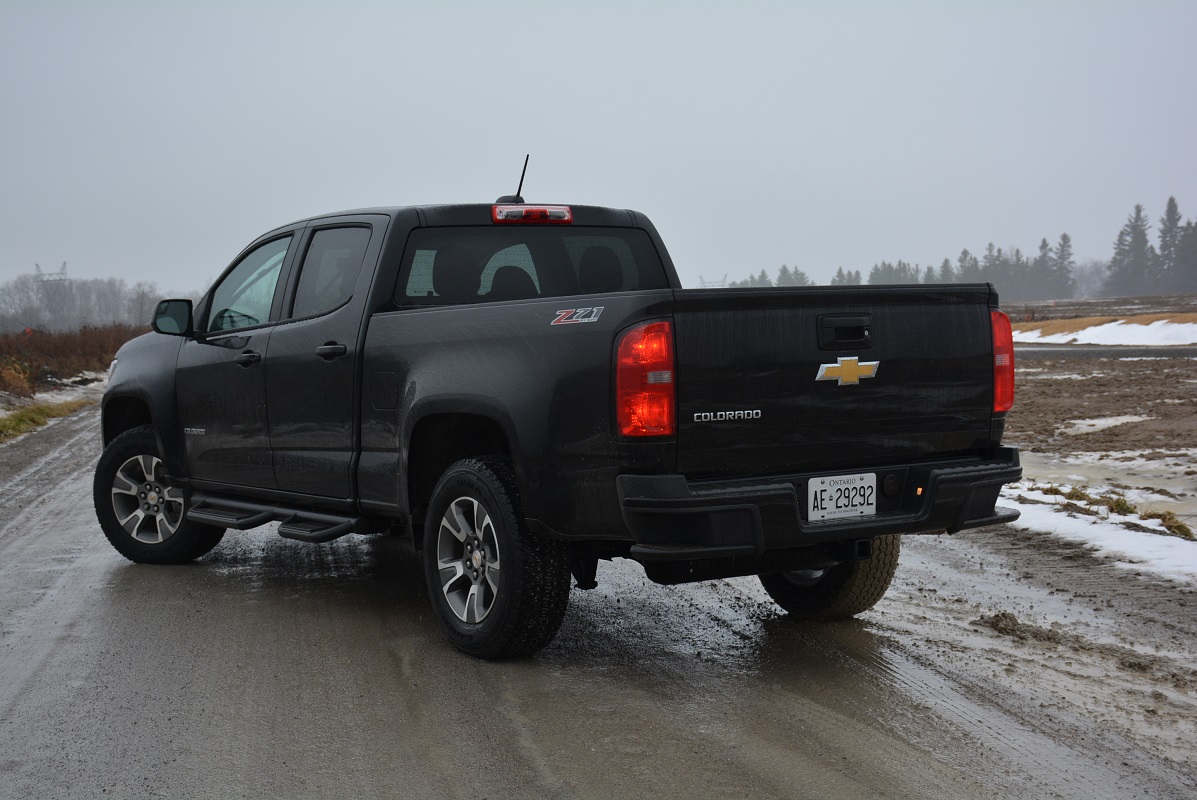
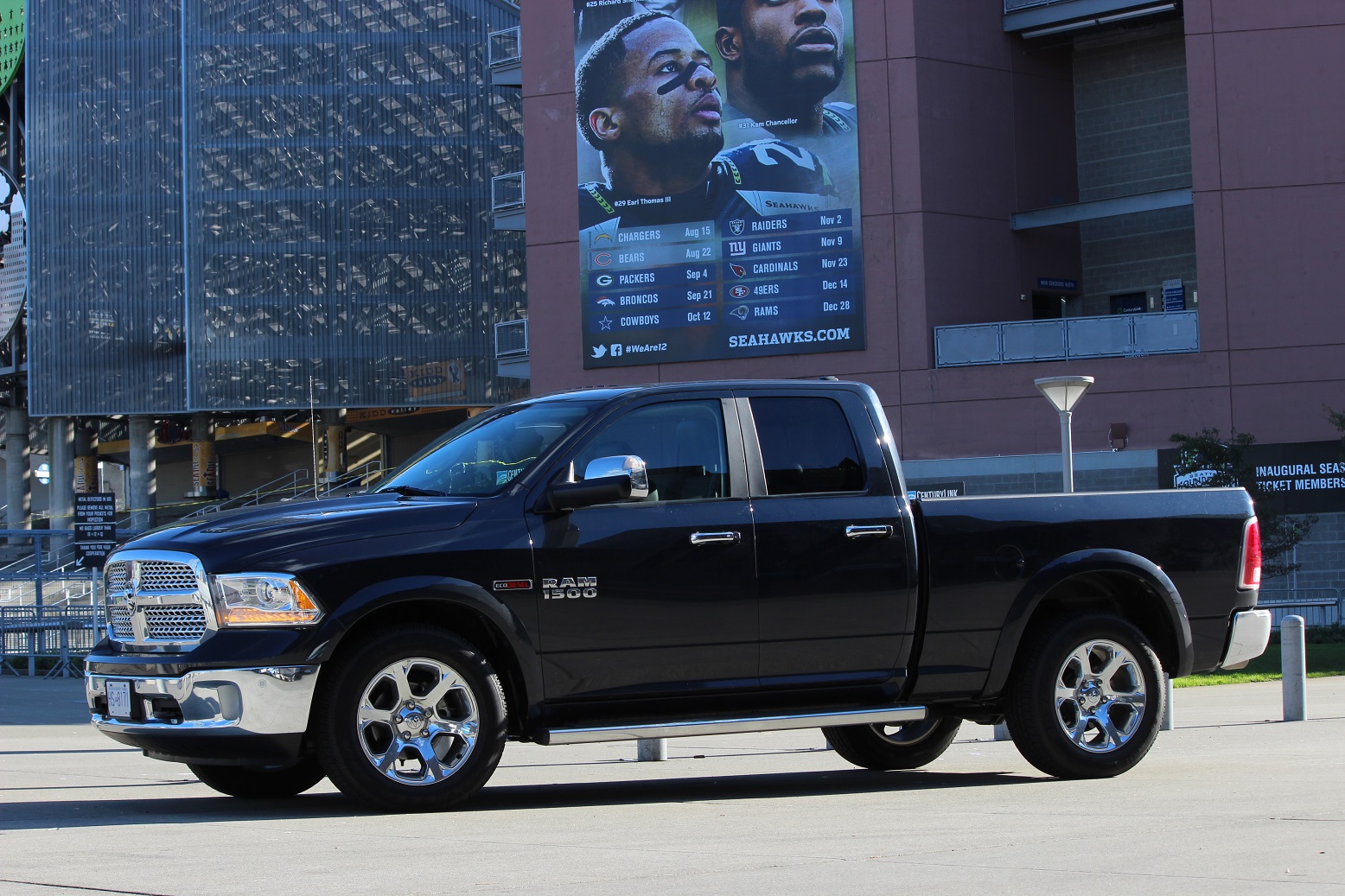
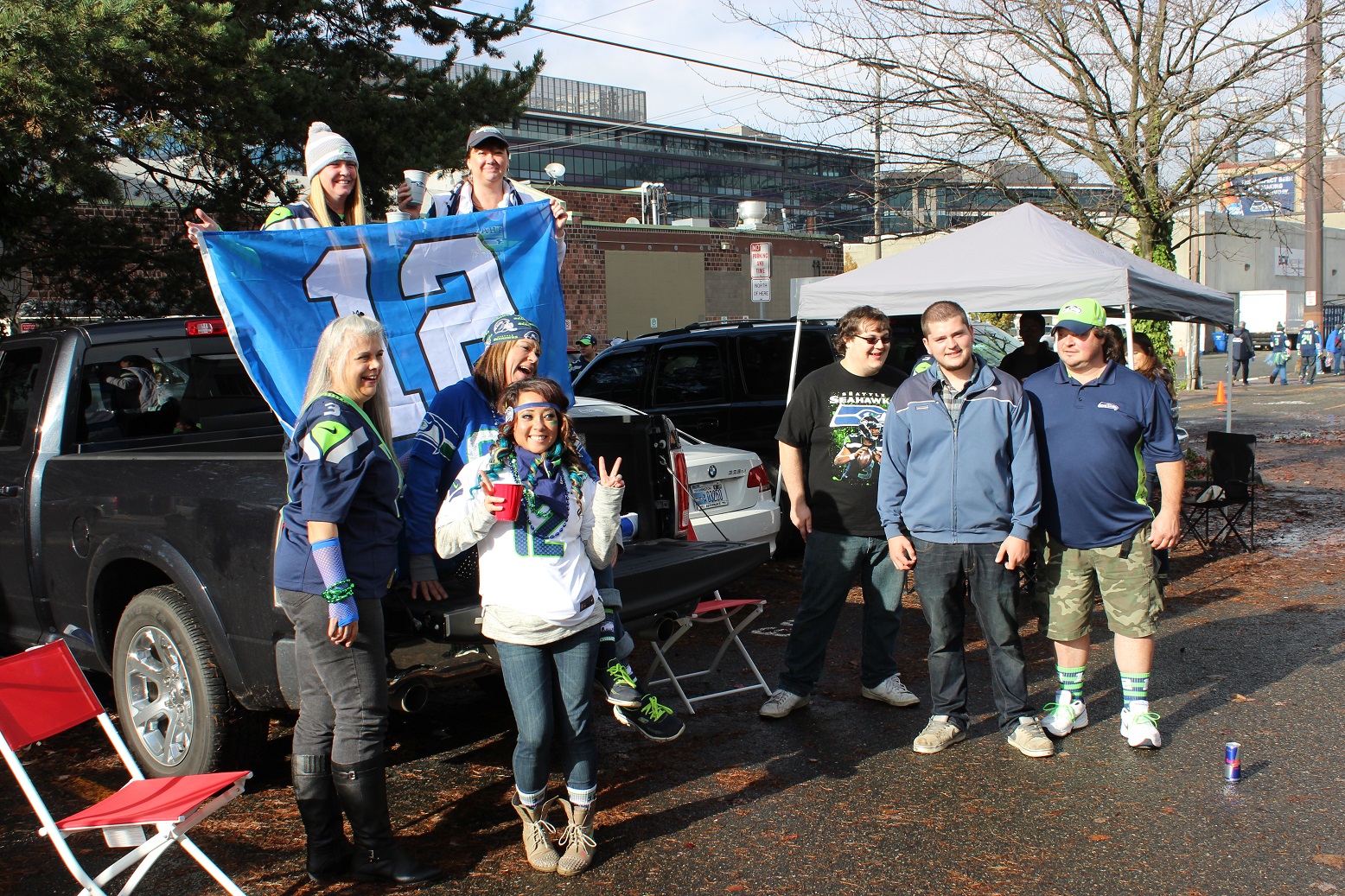
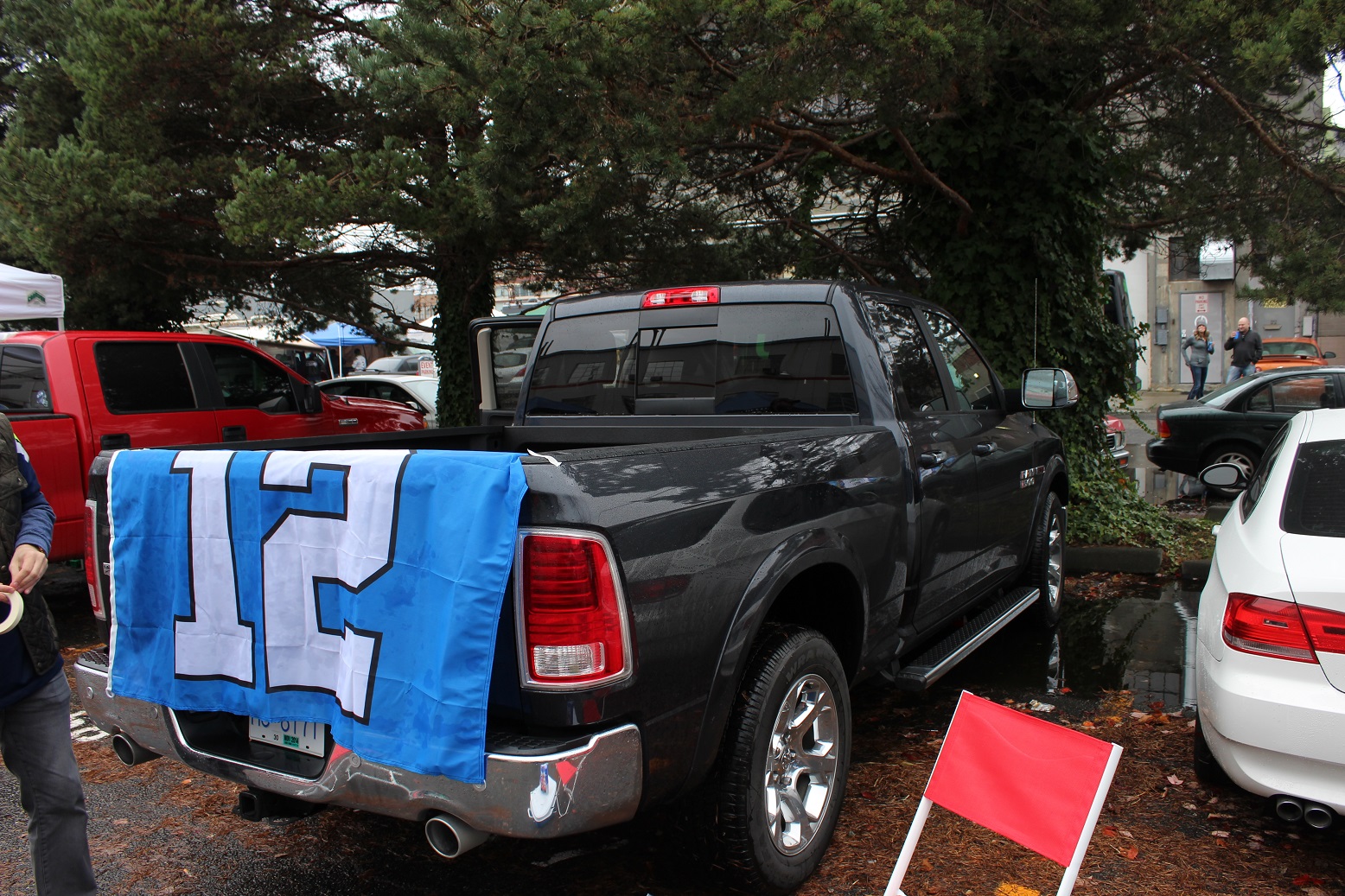

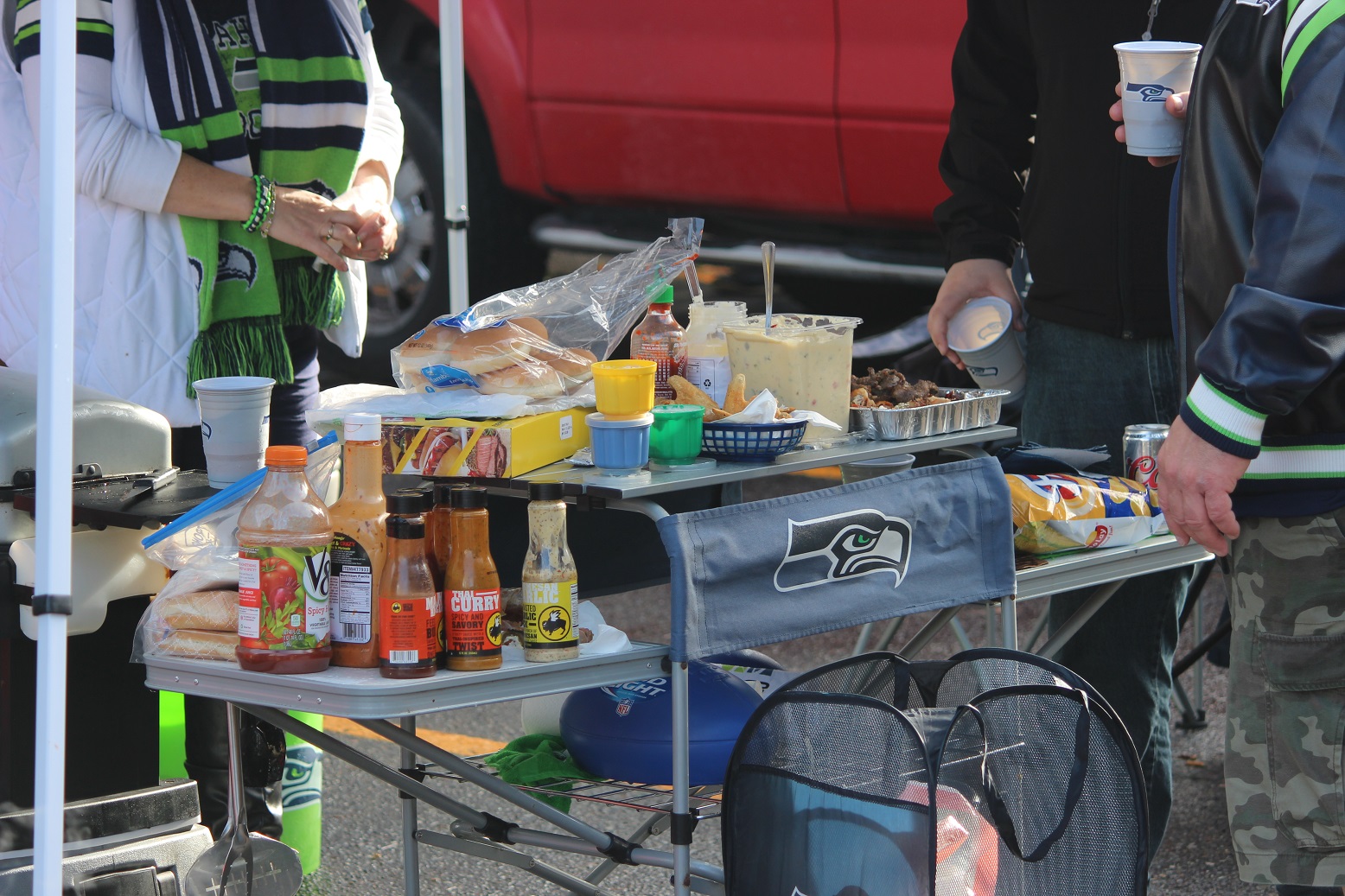
 The game itself was a good one for ‘Hawks fans, with the home team winning 37-13, but it was secondary to the tailgating experience. Heck, that’s what football is all about; the community surrounding it. Players change, coaches change, jerseys change but the fan base remains, and they’re manic.
The game itself was a good one for ‘Hawks fans, with the home team winning 37-13, but it was secondary to the tailgating experience. Heck, that’s what football is all about; the community surrounding it. Players change, coaches change, jerseys change but the fan base remains, and they’re manic.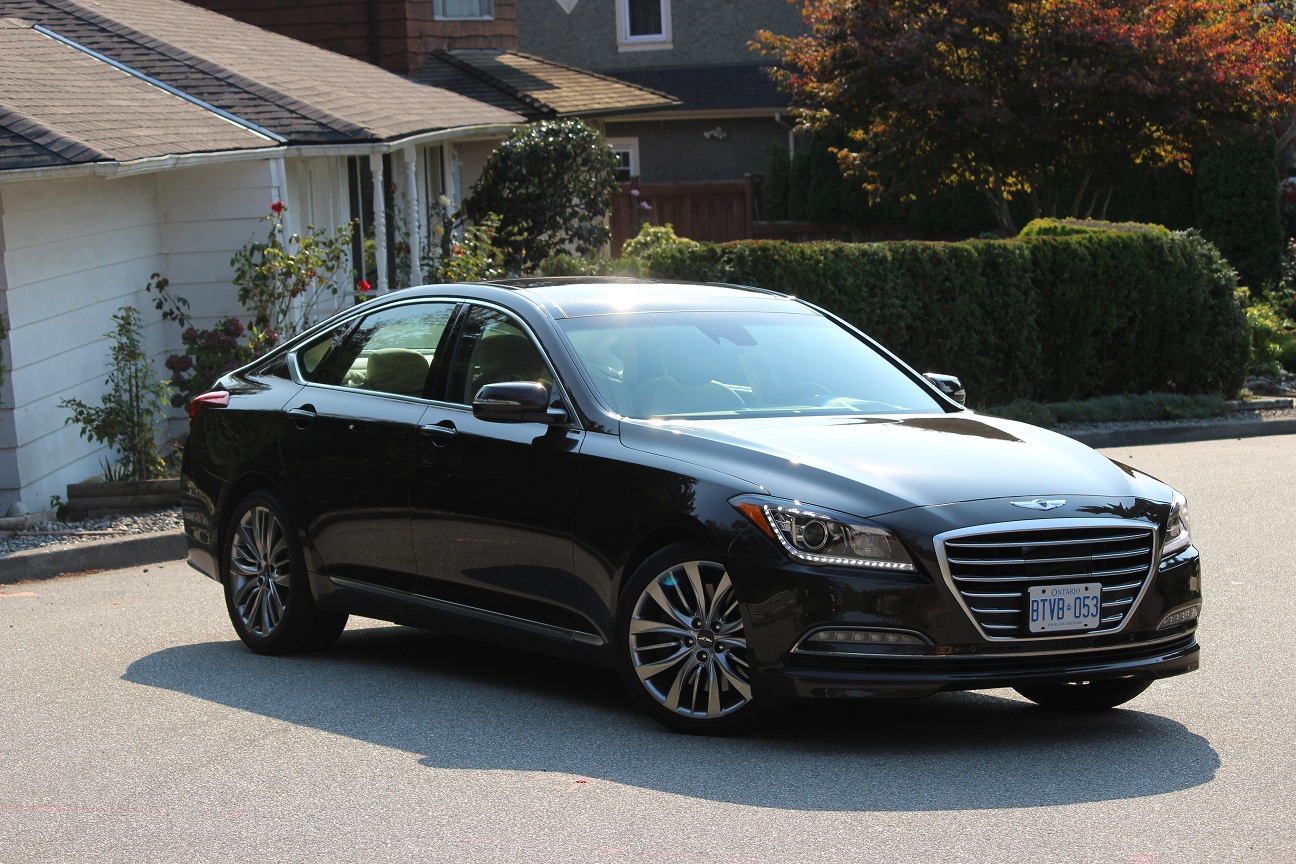 First off, let’s get one thing straight.
First off, let’s get one thing straight.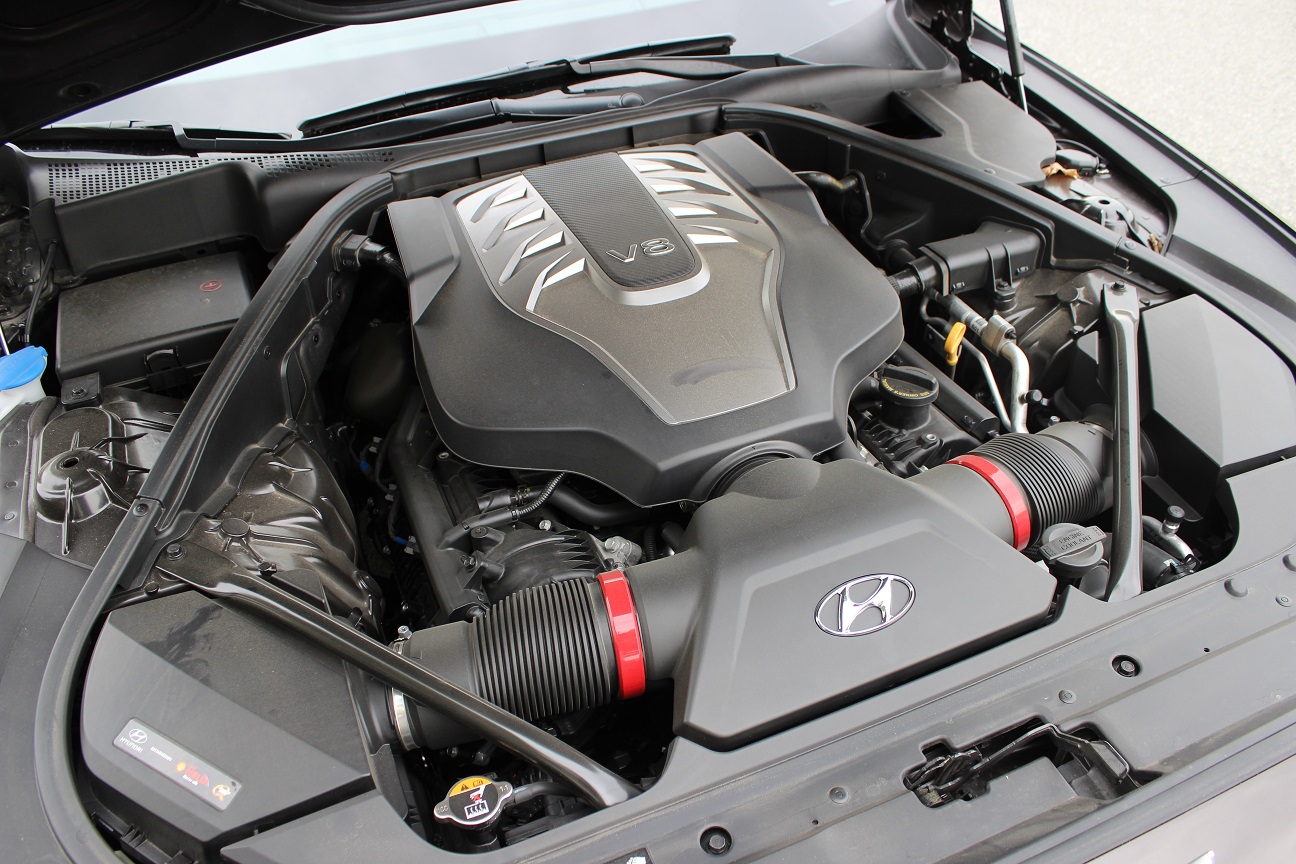 This is a car that’s meant to ferry you through town with poise, grace and luxury, and it will do that. Heck, stick with the V6 and you’ll have just as relaxing a ride at a more reasonable price all coming standard with all-wheel drive (the single-trim V8 starts at $62,000, the three-trim V6 at $43,000). Hyundai offers a more upscale model in their line-up in the Equus, but the Genesis Sedan is all new and it takes the Equus to the cleaners in the styling department. You can thank those glorious LED running lights, spidery 19-inch alloys and Man o’ War cannon-like quad exhaust for all that.
This is a car that’s meant to ferry you through town with poise, grace and luxury, and it will do that. Heck, stick with the V6 and you’ll have just as relaxing a ride at a more reasonable price all coming standard with all-wheel drive (the single-trim V8 starts at $62,000, the three-trim V6 at $43,000). Hyundai offers a more upscale model in their line-up in the Equus, but the Genesis Sedan is all new and it takes the Equus to the cleaners in the styling department. You can thank those glorious LED running lights, spidery 19-inch alloys and Man o’ War cannon-like quad exhaust for all that.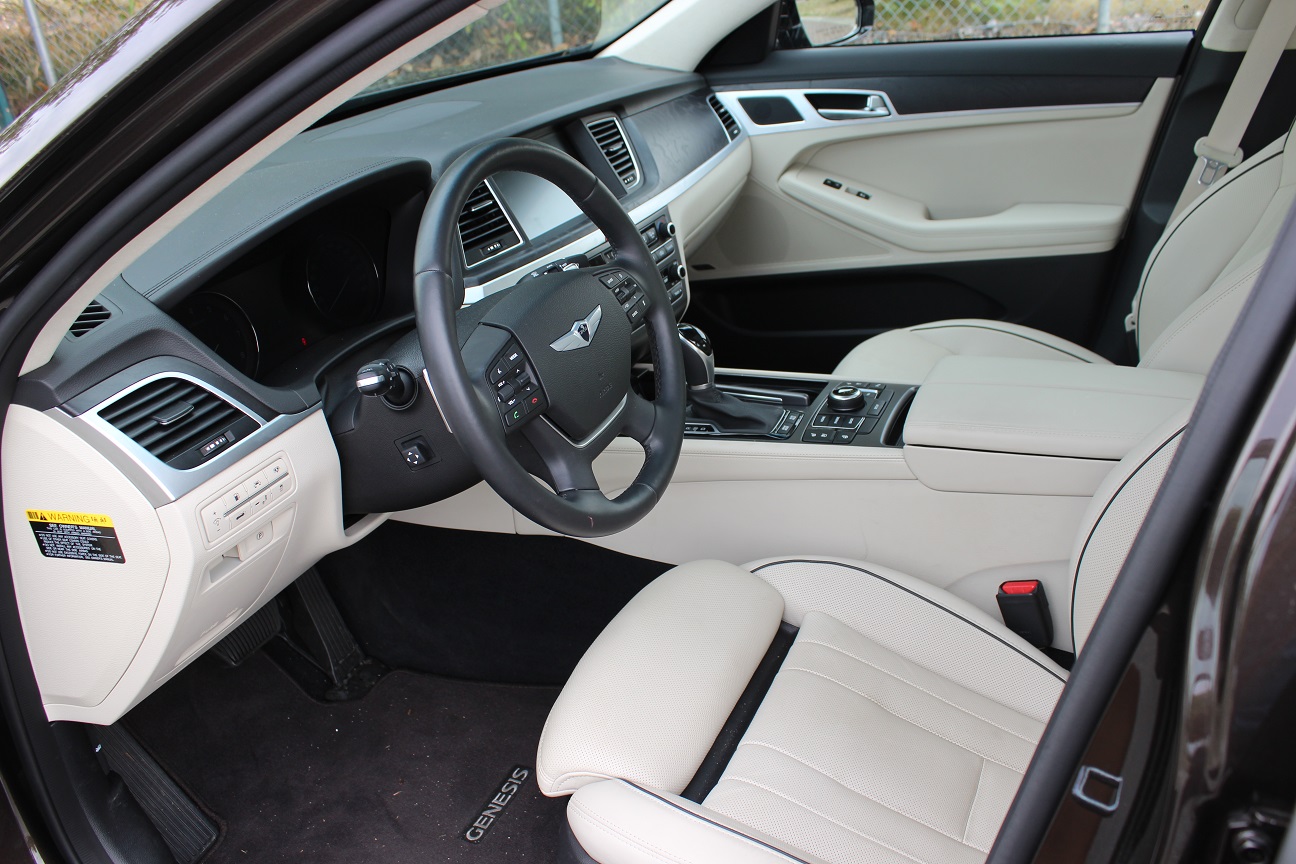 It’s just so livable inside, too; the double-stitched Napa leather is oh-so supple, the open-pore wood oh-so rich and the 720p display atop the centre stack oh-so-techy and there’s a real sense of occasion as soon as you open the door and the whole car chimes to greet you. Ten years ago, Hyundai could not be compared with Cadillac and Mercedes-Benz and here we are.
It’s just so livable inside, too; the double-stitched Napa leather is oh-so supple, the open-pore wood oh-so rich and the 720p display atop the centre stack oh-so-techy and there’s a real sense of occasion as soon as you open the door and the whole car chimes to greet you. Ten years ago, Hyundai could not be compared with Cadillac and Mercedes-Benz and here we are.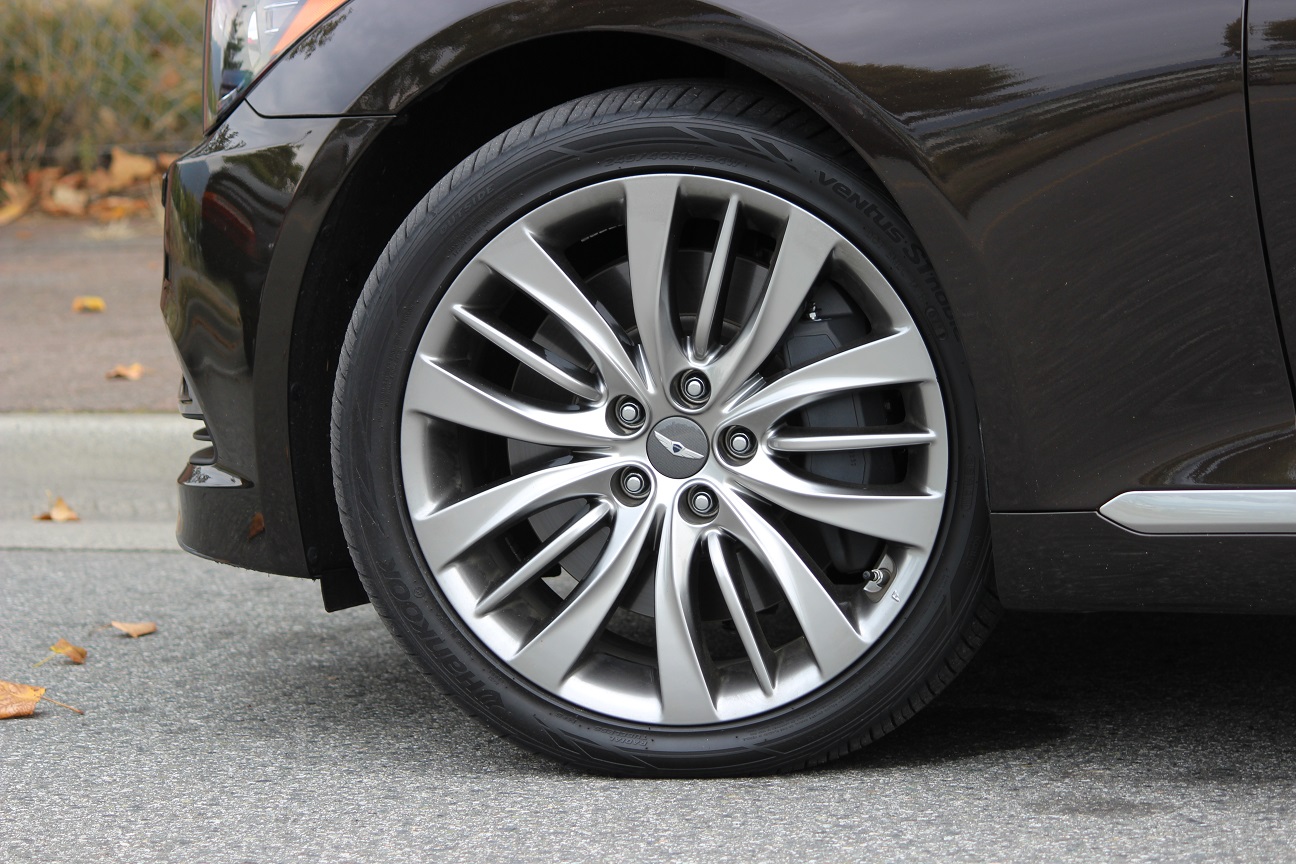 In fact, you may not know the ’15 Genesis as a Hyundai anyway; the unique “Genesis” badging used to be optional; it’s now standard. The only place you’ll find a Hyundai logo is on the trunk lid.
In fact, you may not know the ’15 Genesis as a Hyundai anyway; the unique “Genesis” badging used to be optional; it’s now standard. The only place you’ll find a Hyundai logo is on the trunk lid.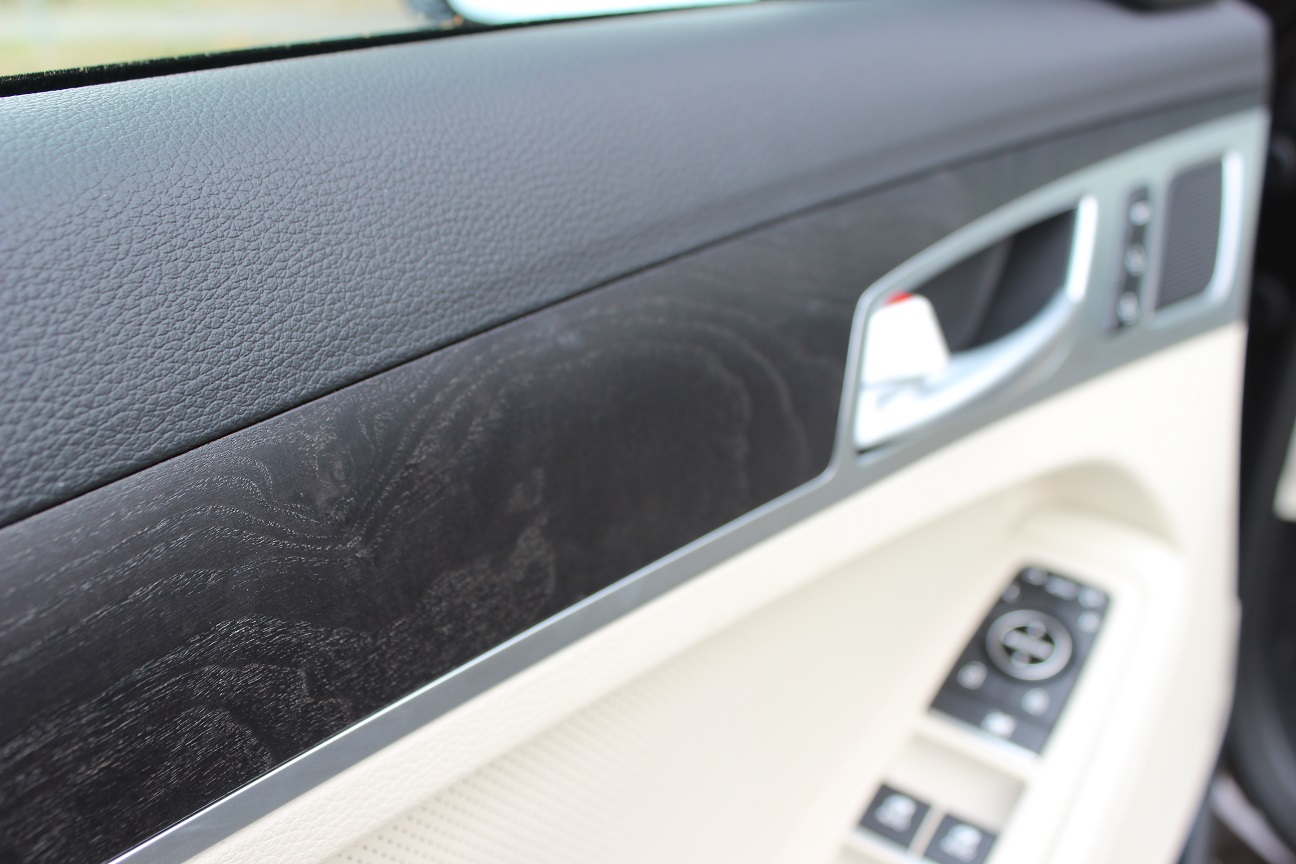 If you look at a leading luxury manufacturer—say, Mercedes-Benz—you’ll see a line-up whose staple models represent the same segments occupied by the vehicles above: mid-size sedan, full-size sedan, sporty coupe and crossover. Any of those aforementioned Hyundais could handle the be-winged Genesis badge, no problem. Heck, it’s not like the luxury manufacturers aren’t adapting to segments already occupied by Hyundai vehicles, segments like a sporty hatch or small crossover. Why shouldn’t Hyundai—or, “Genesis”--take this opportunity to go the other way?
If you look at a leading luxury manufacturer—say, Mercedes-Benz—you’ll see a line-up whose staple models represent the same segments occupied by the vehicles above: mid-size sedan, full-size sedan, sporty coupe and crossover. Any of those aforementioned Hyundais could handle the be-winged Genesis badge, no problem. Heck, it’s not like the luxury manufacturers aren’t adapting to segments already occupied by Hyundai vehicles, segments like a sporty hatch or small crossover. Why shouldn’t Hyundai—or, “Genesis”--take this opportunity to go the other way?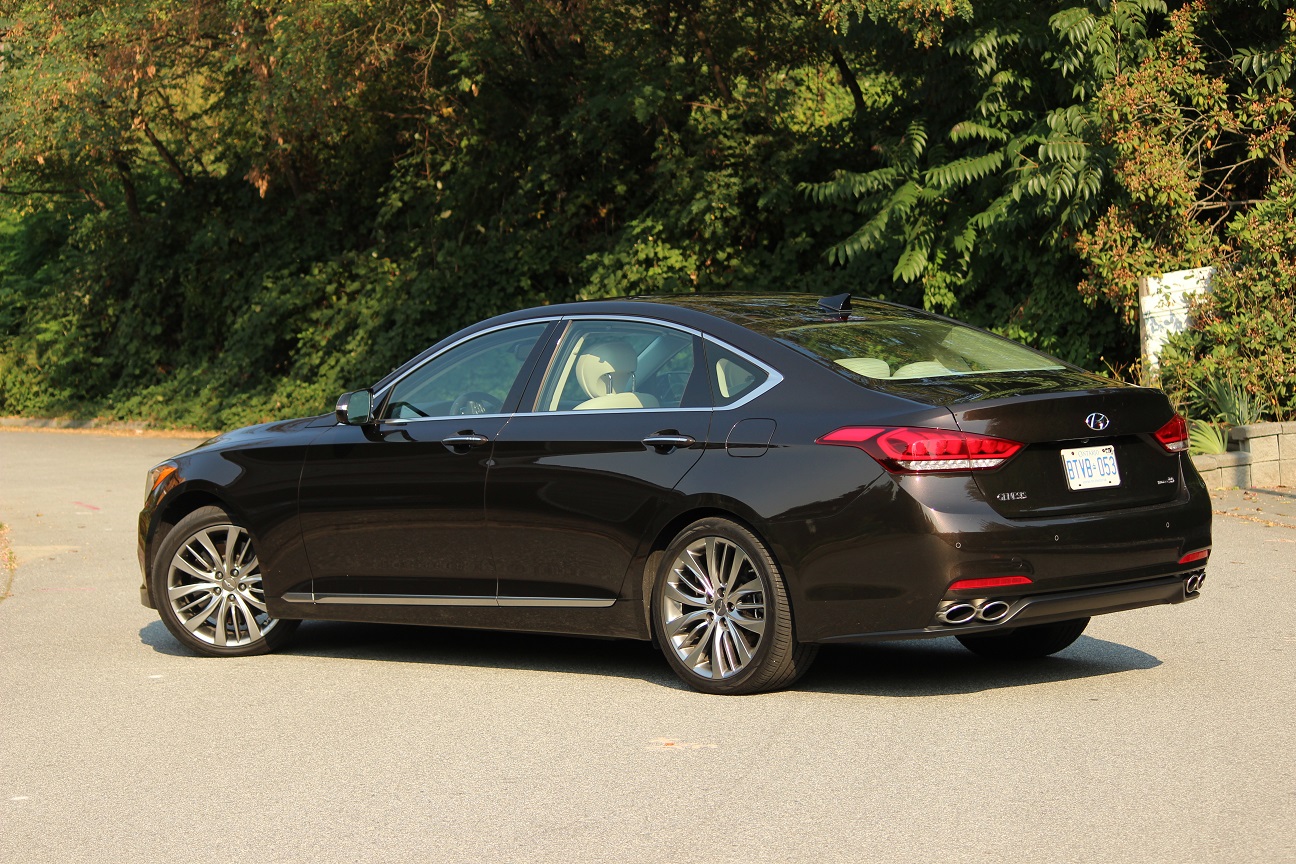 Or start by doing what Hyundai is about to, and start reserving a special spot in the dealerships they already have for the upscale stuff; picture a raised platform, sitting a few thick-carpet piled steps above the main showroom floor.
Or start by doing what Hyundai is about to, and start reserving a special spot in the dealerships they already have for the upscale stuff; picture a raised platform, sitting a few thick-carpet piled steps above the main showroom floor.